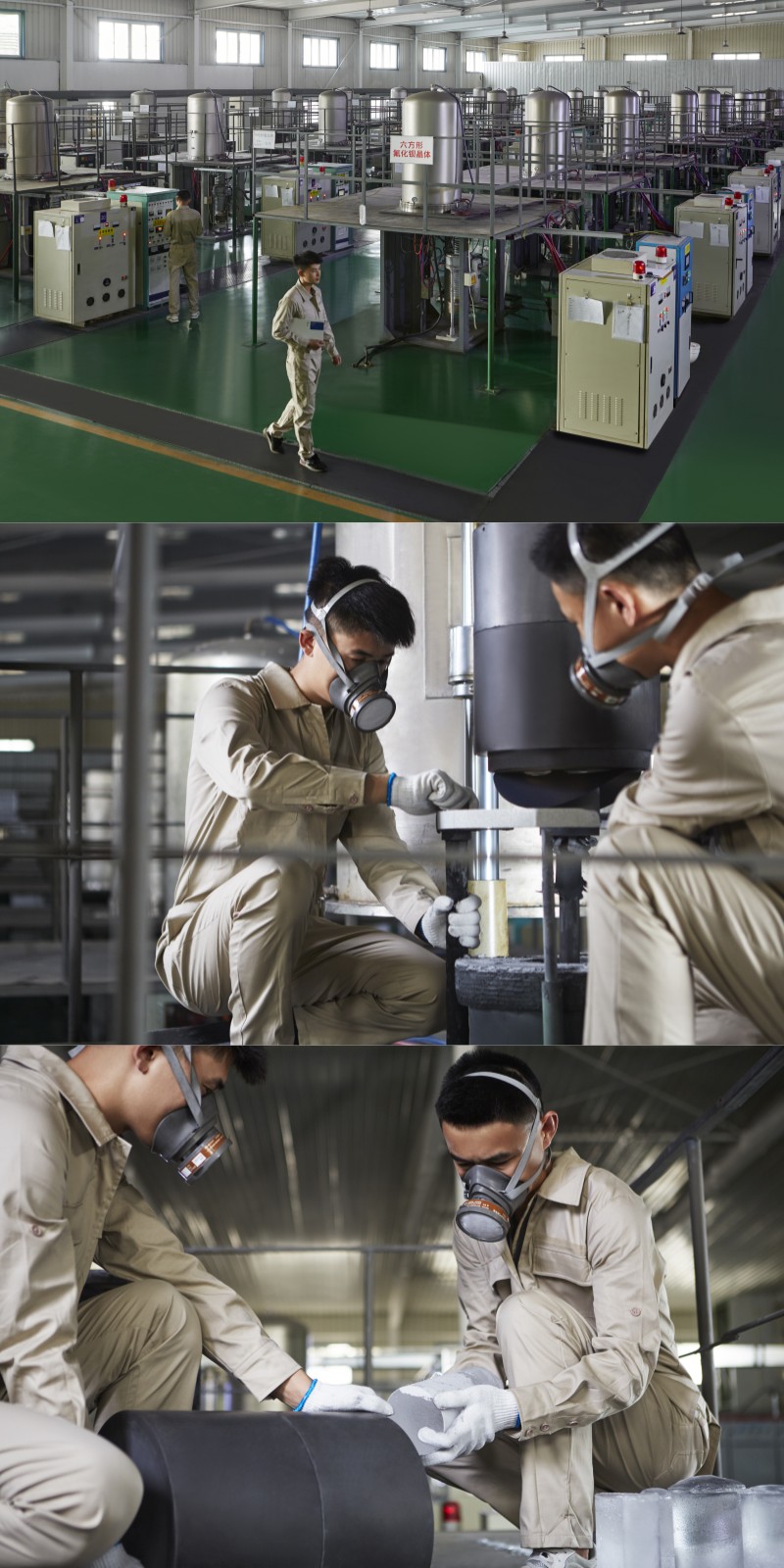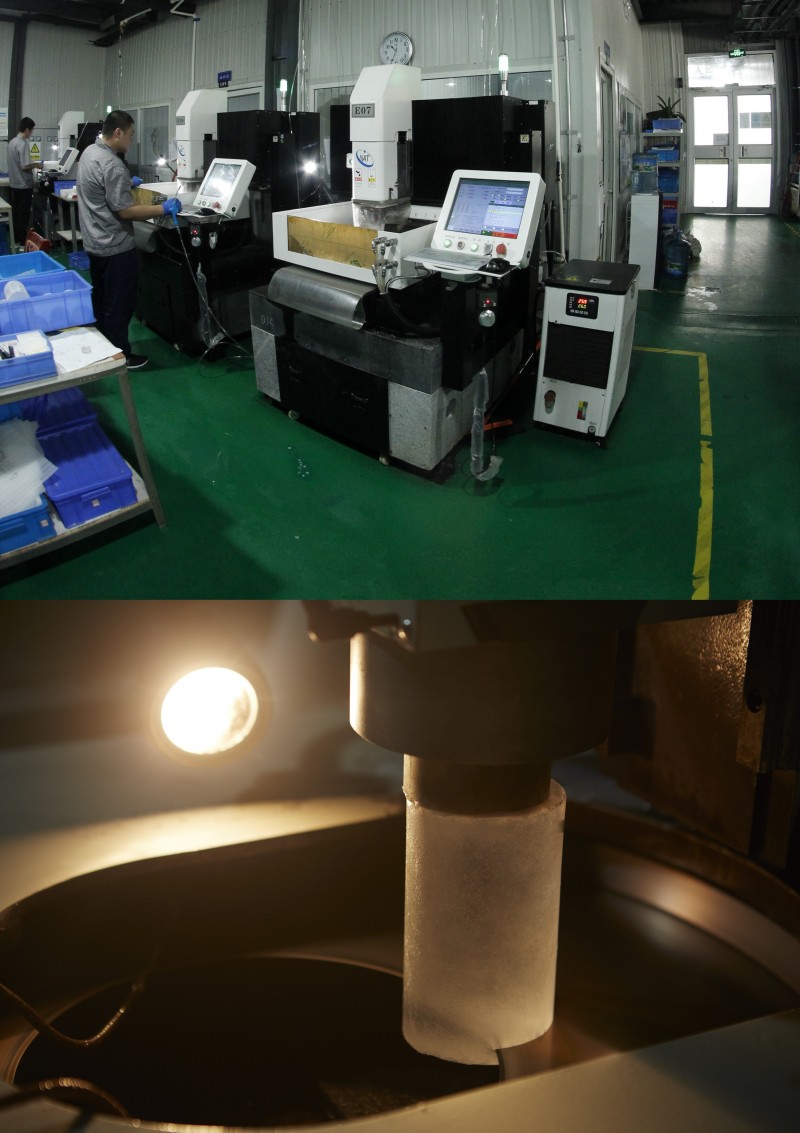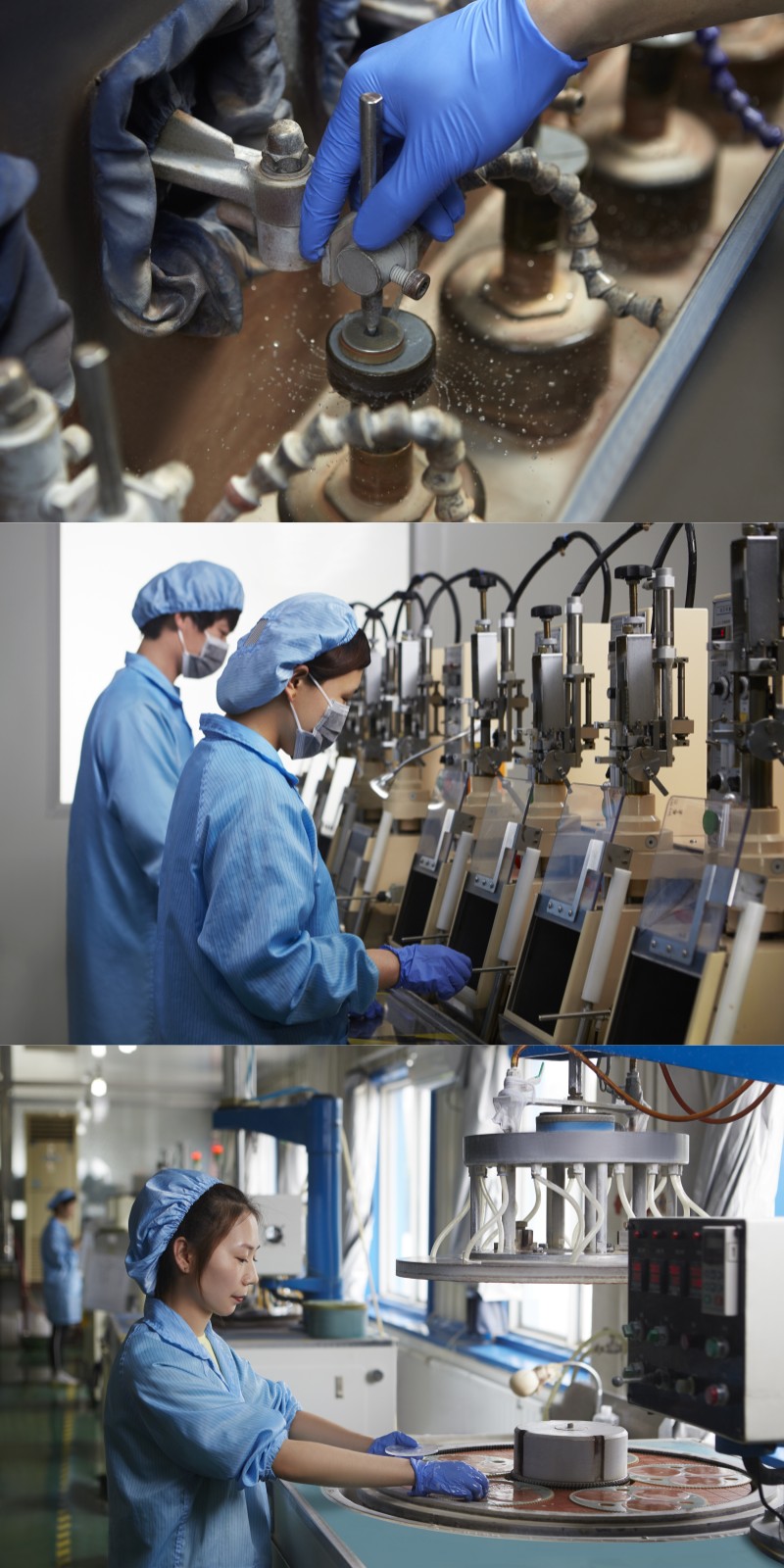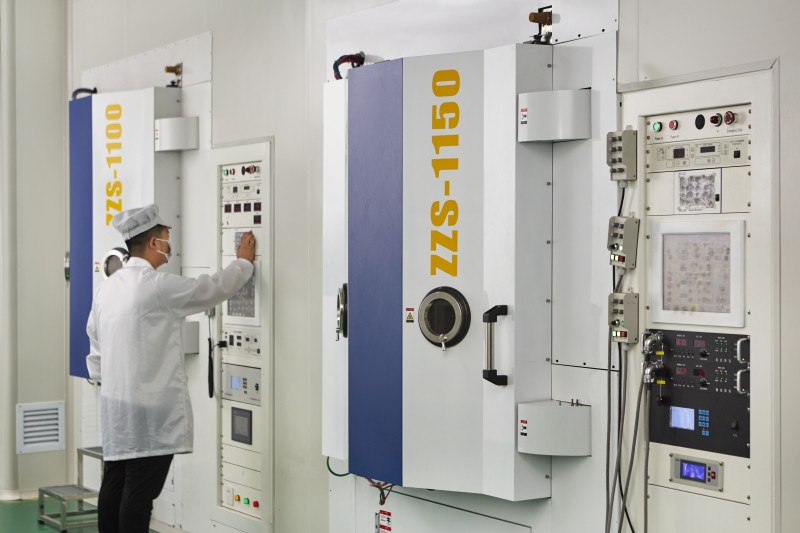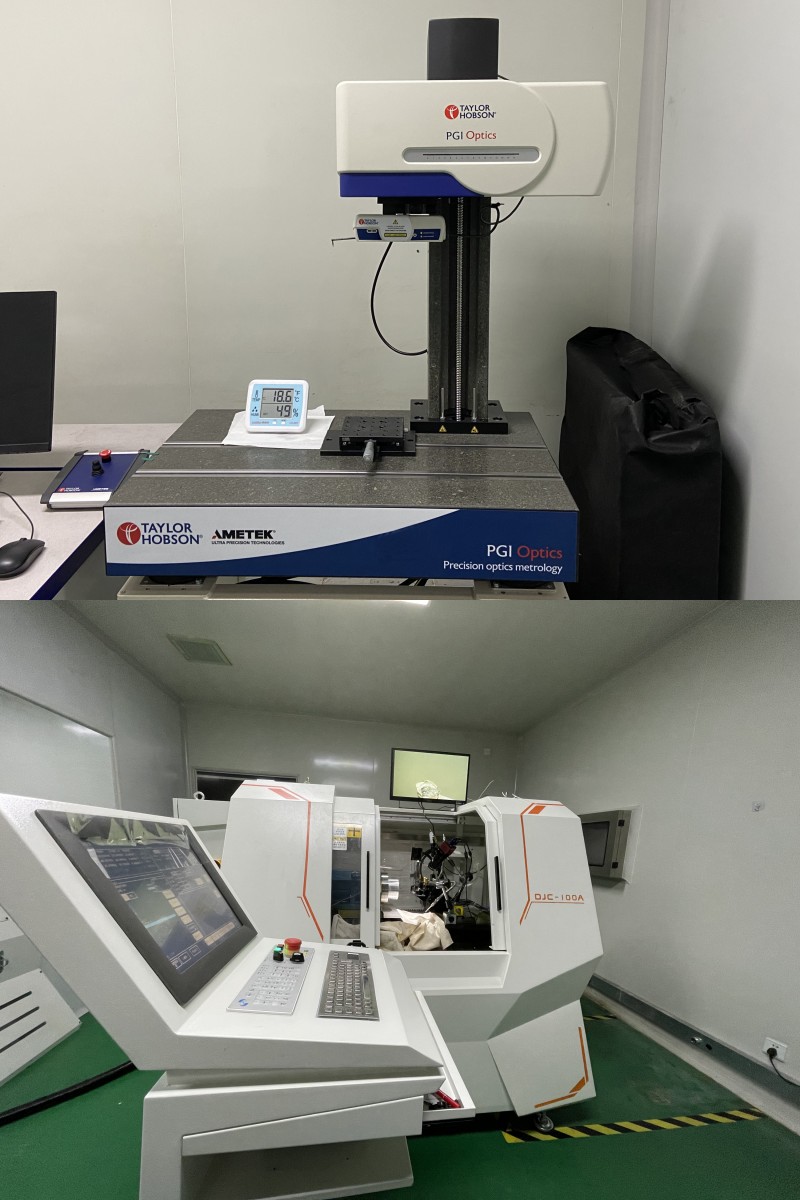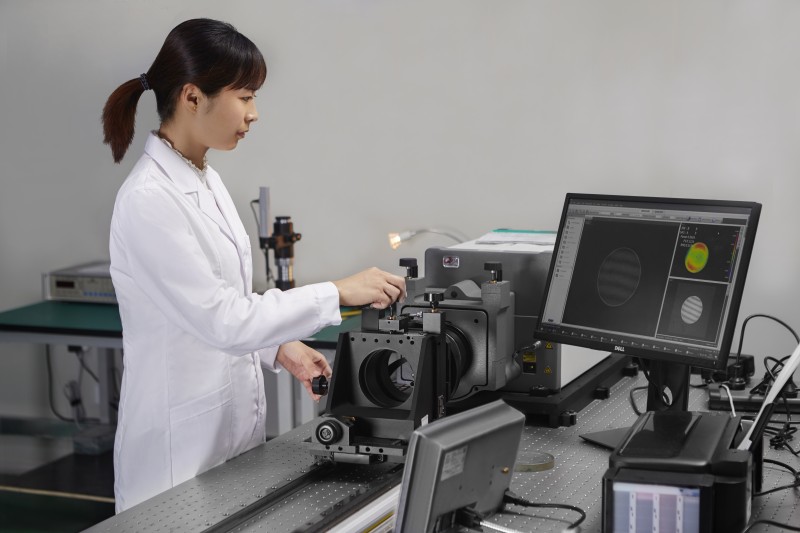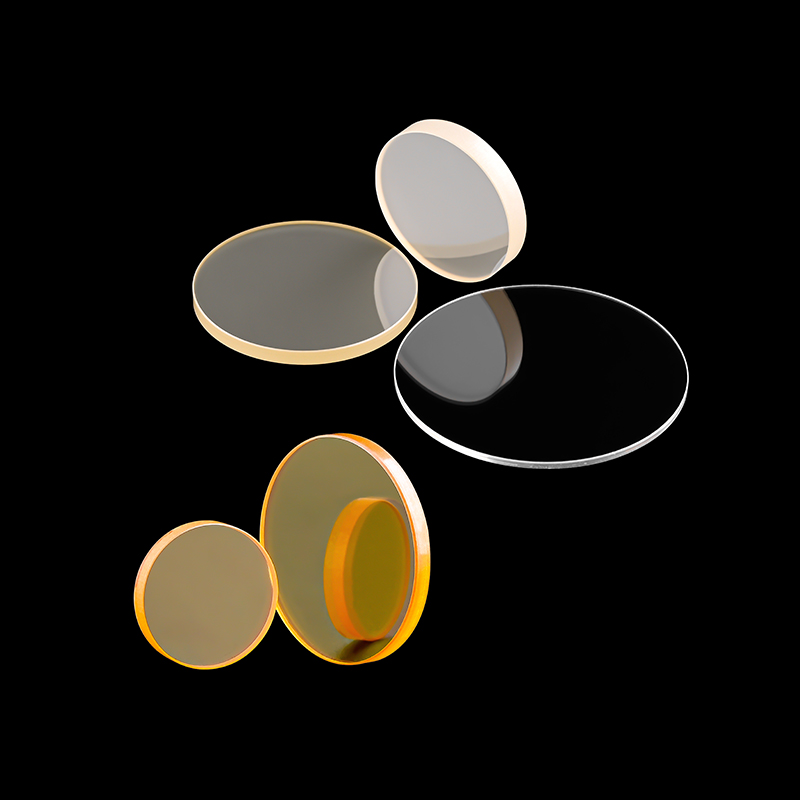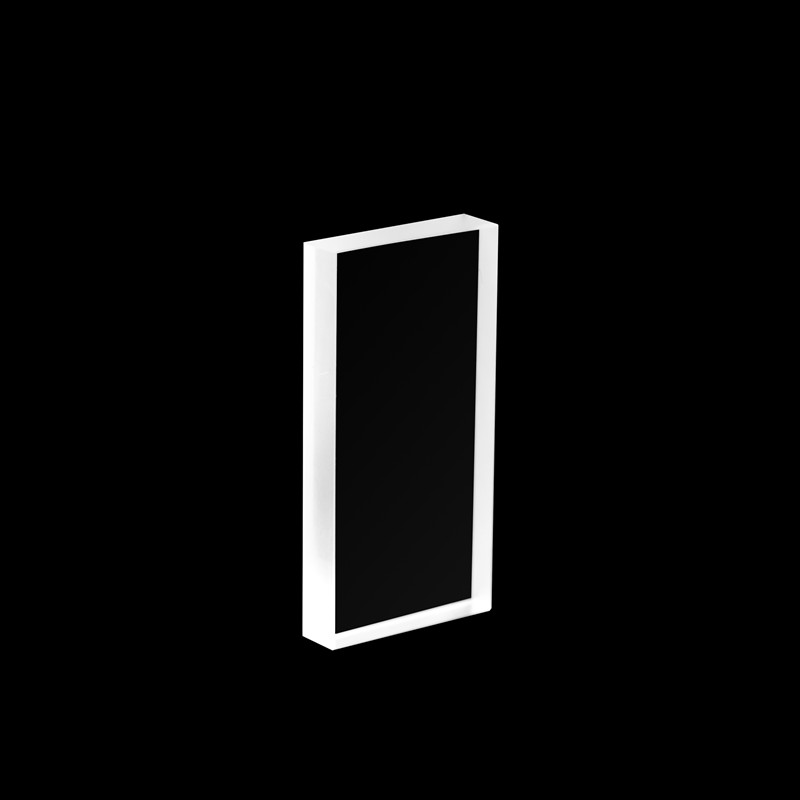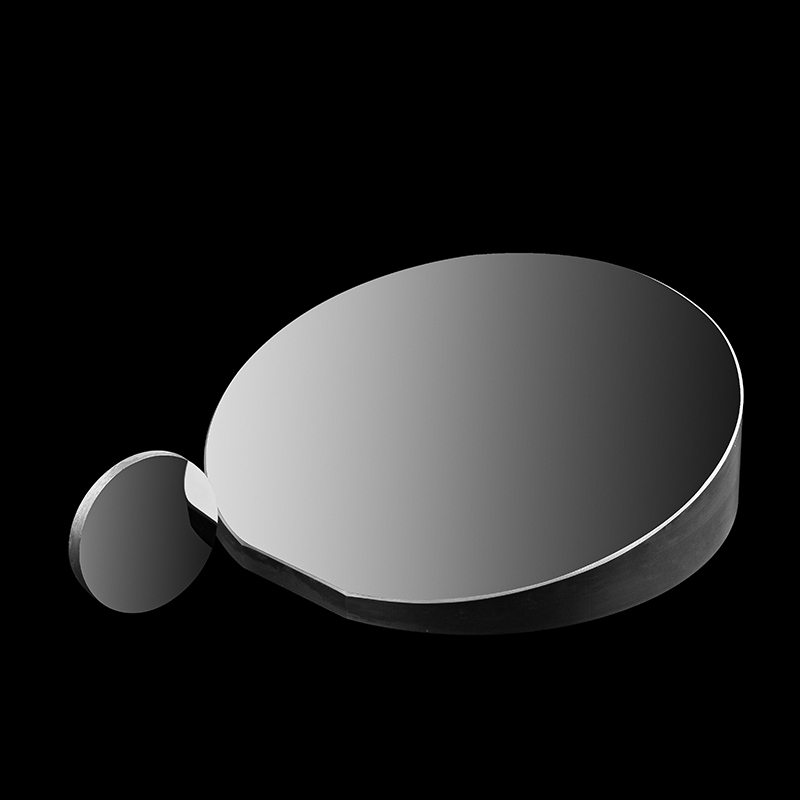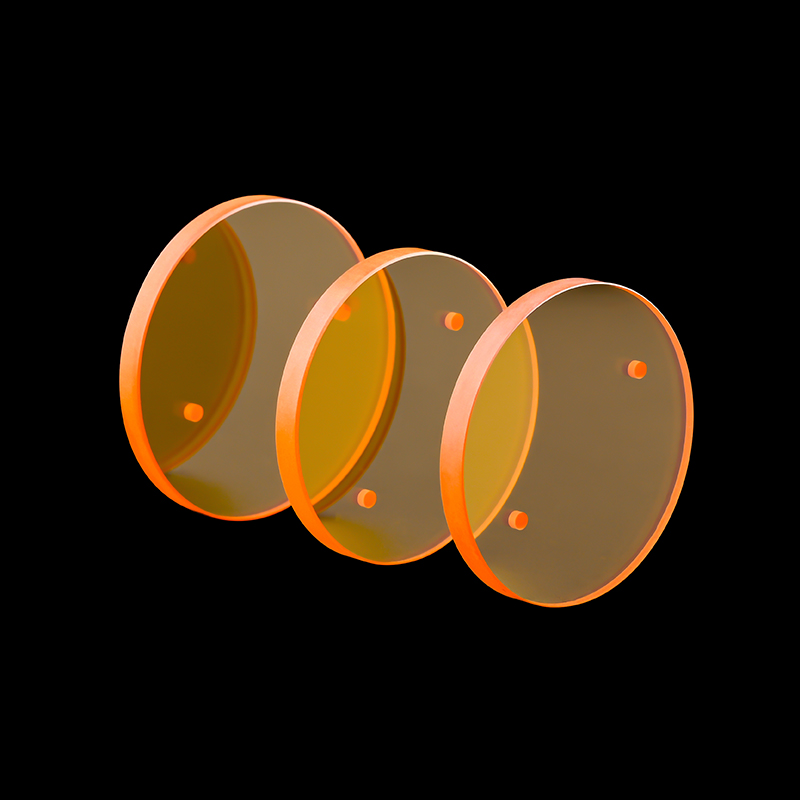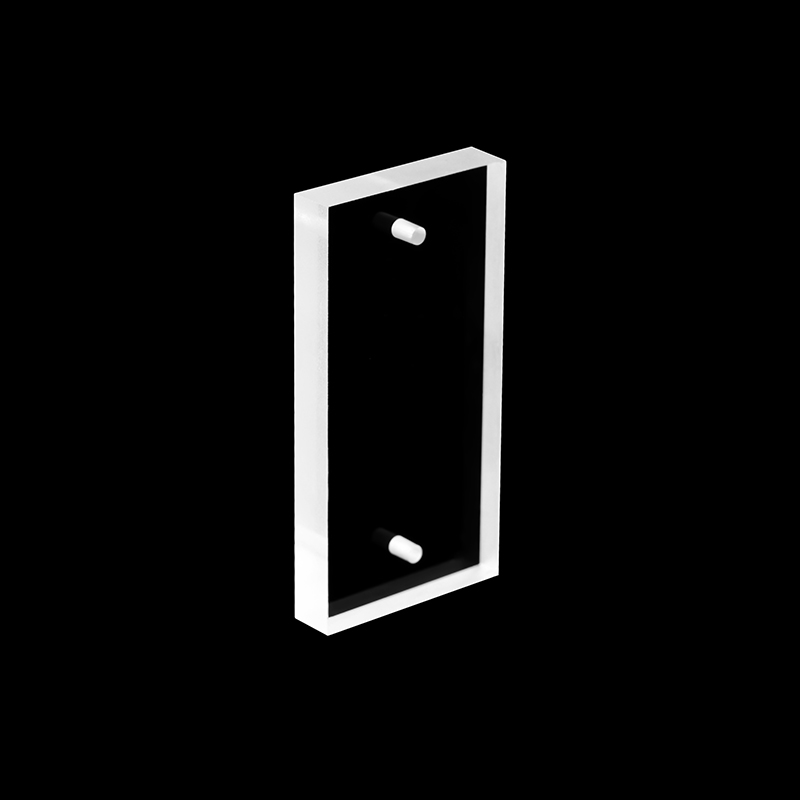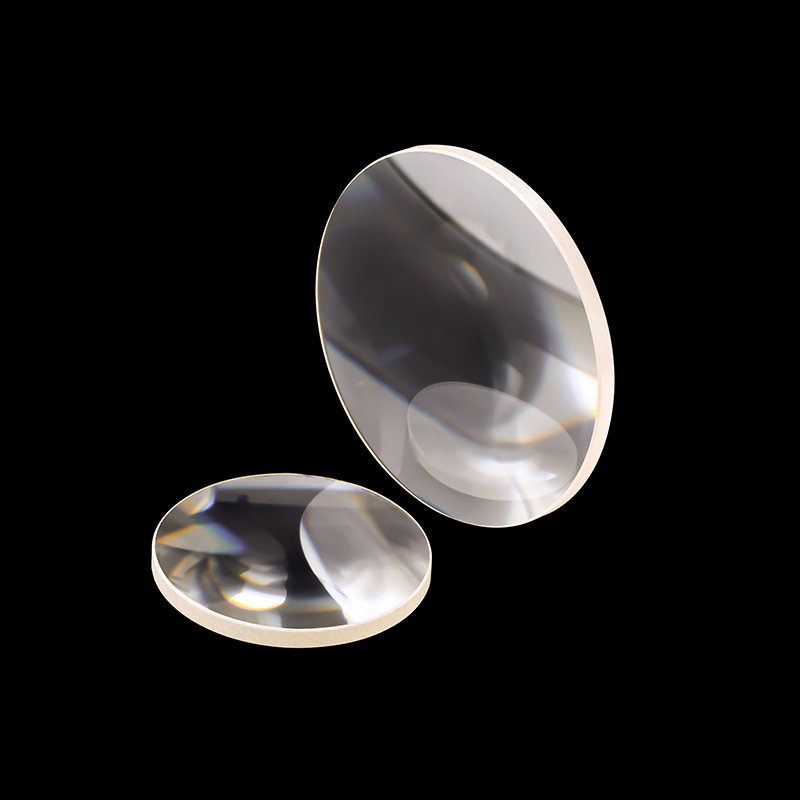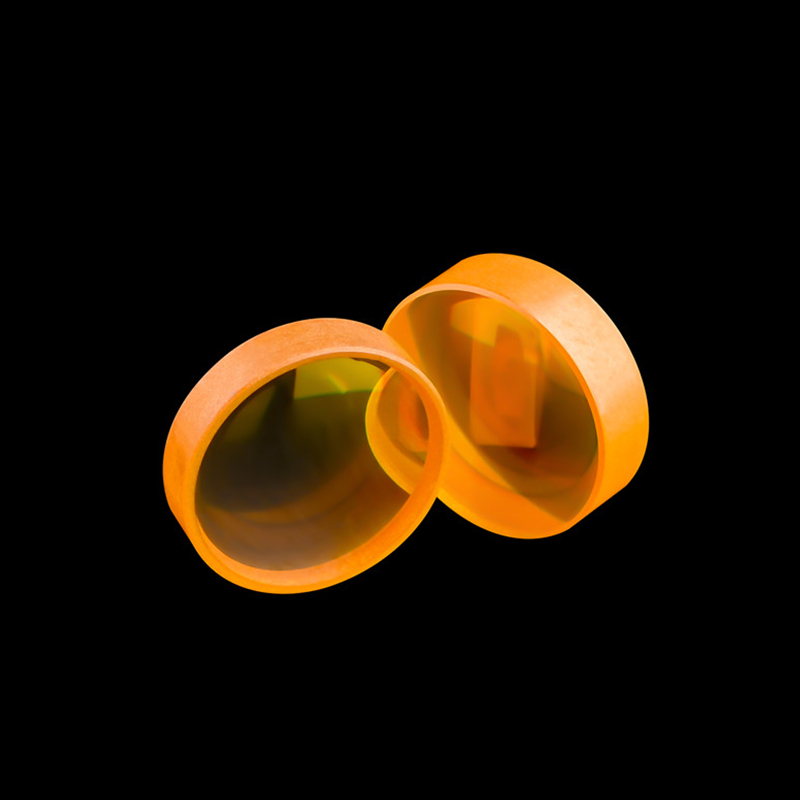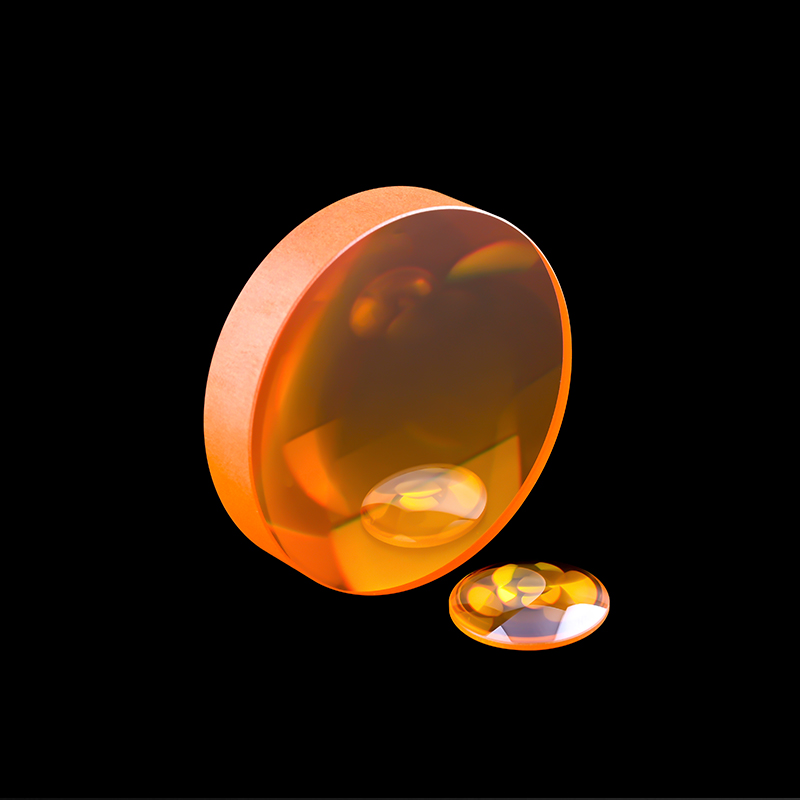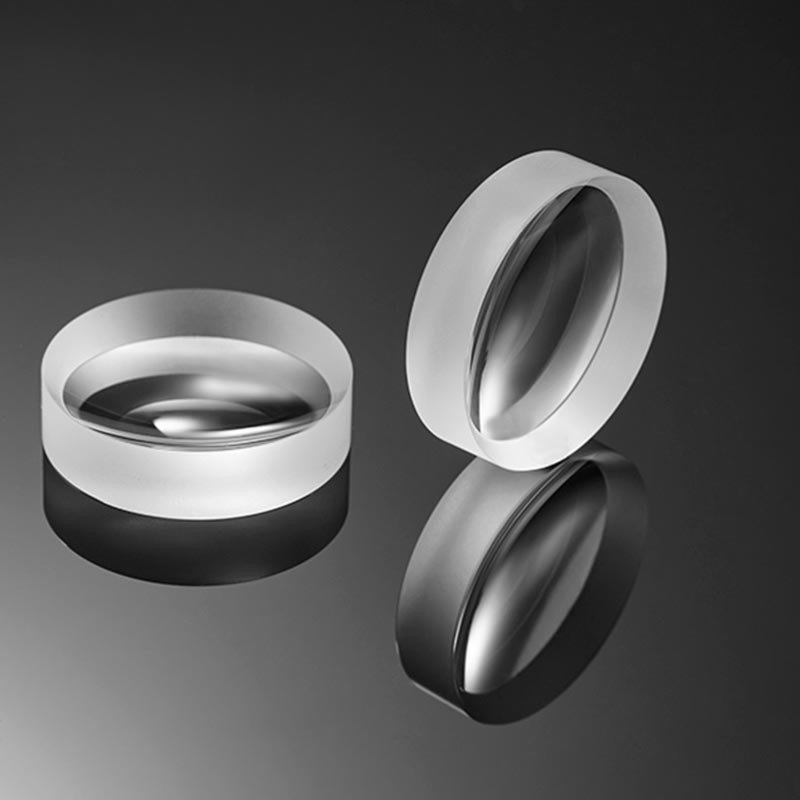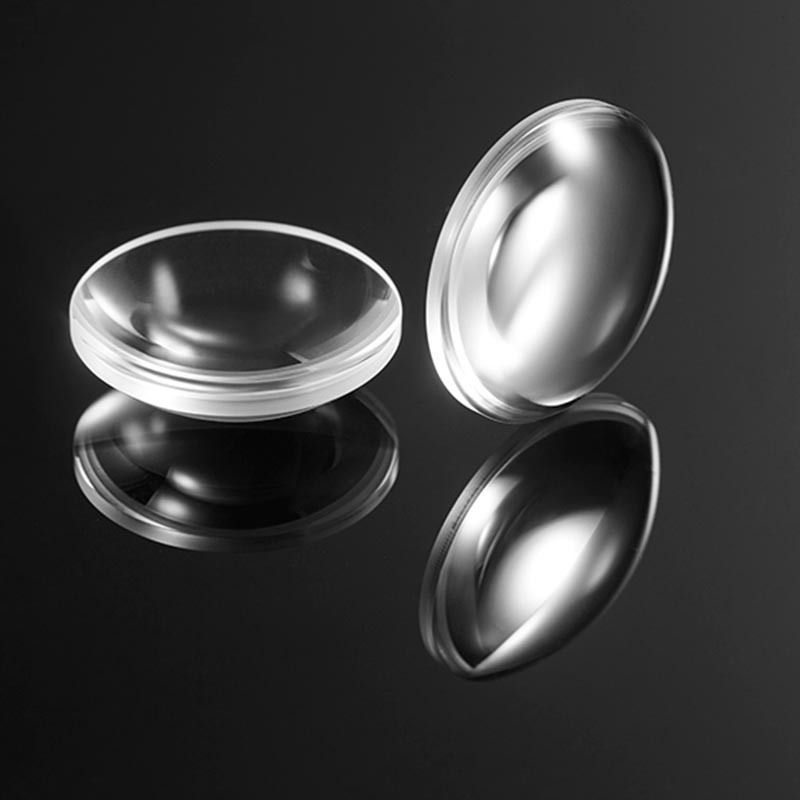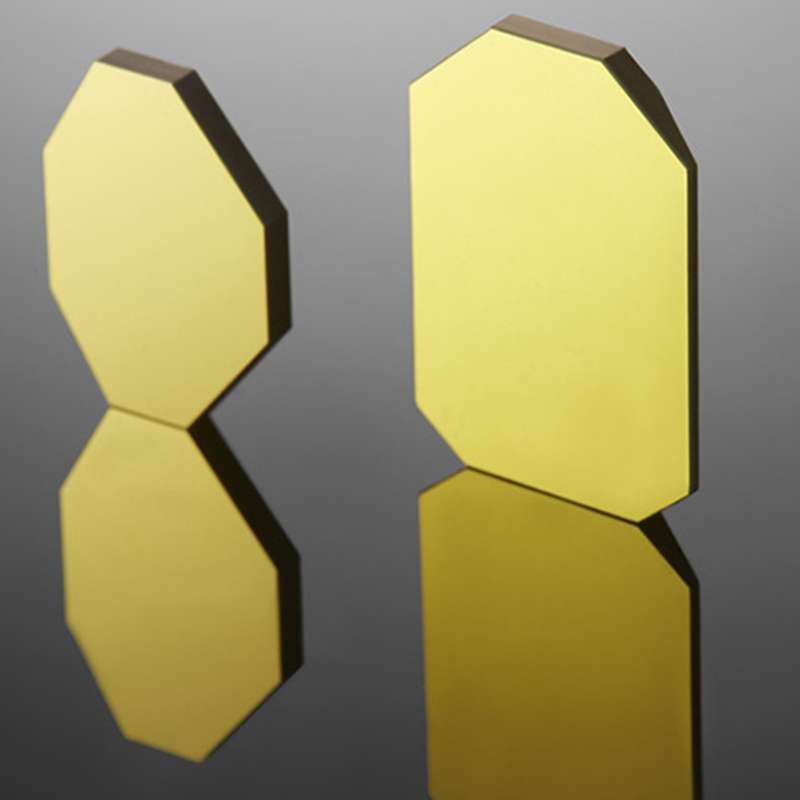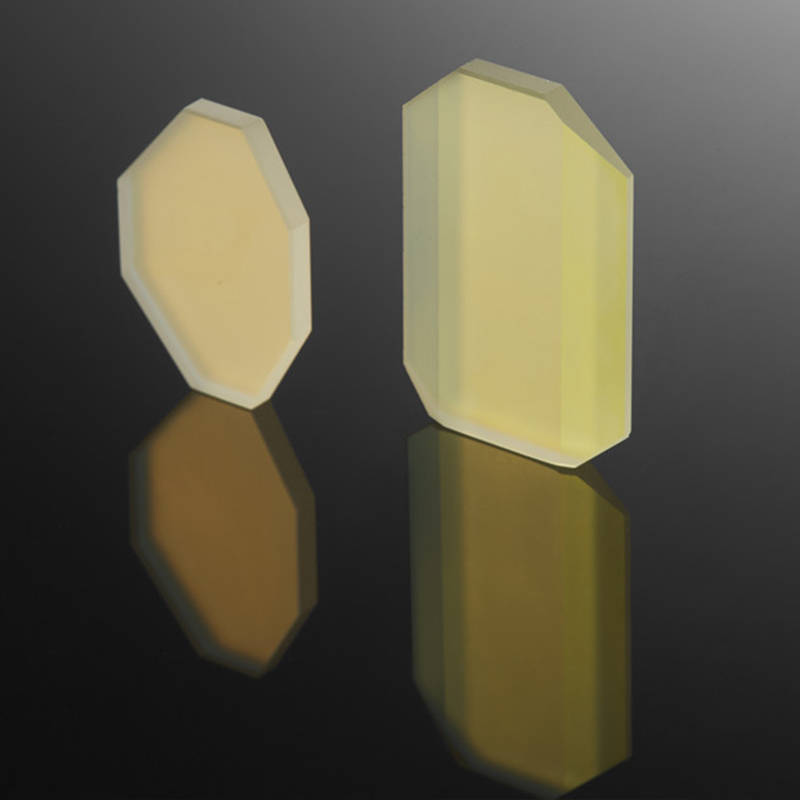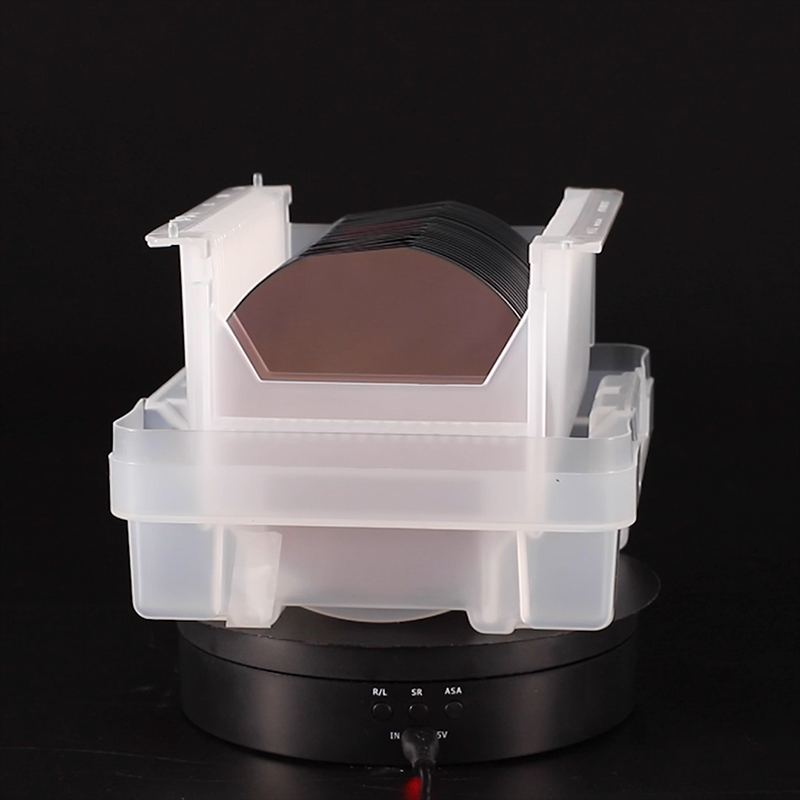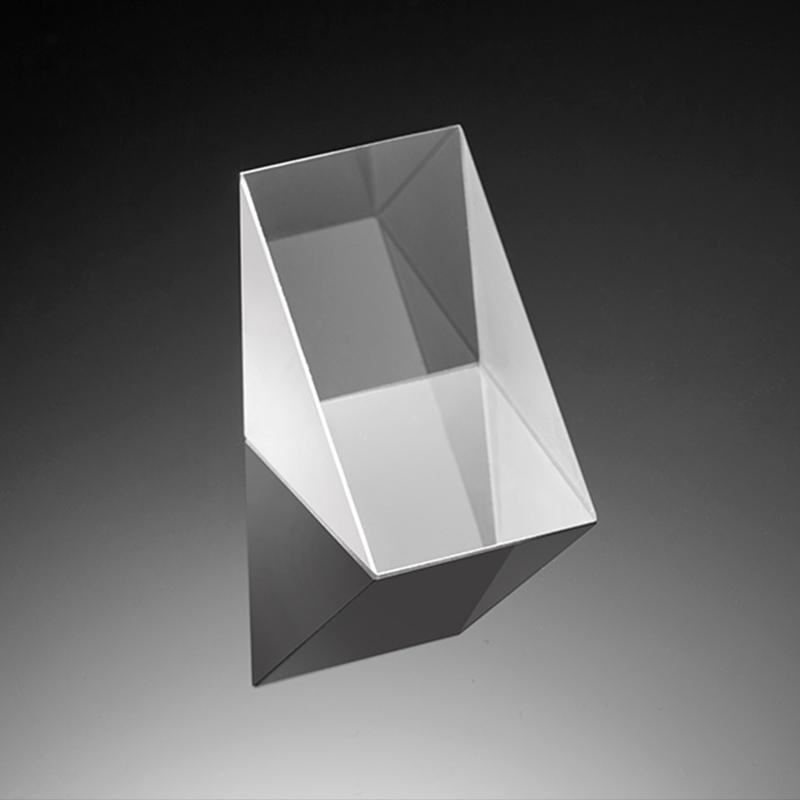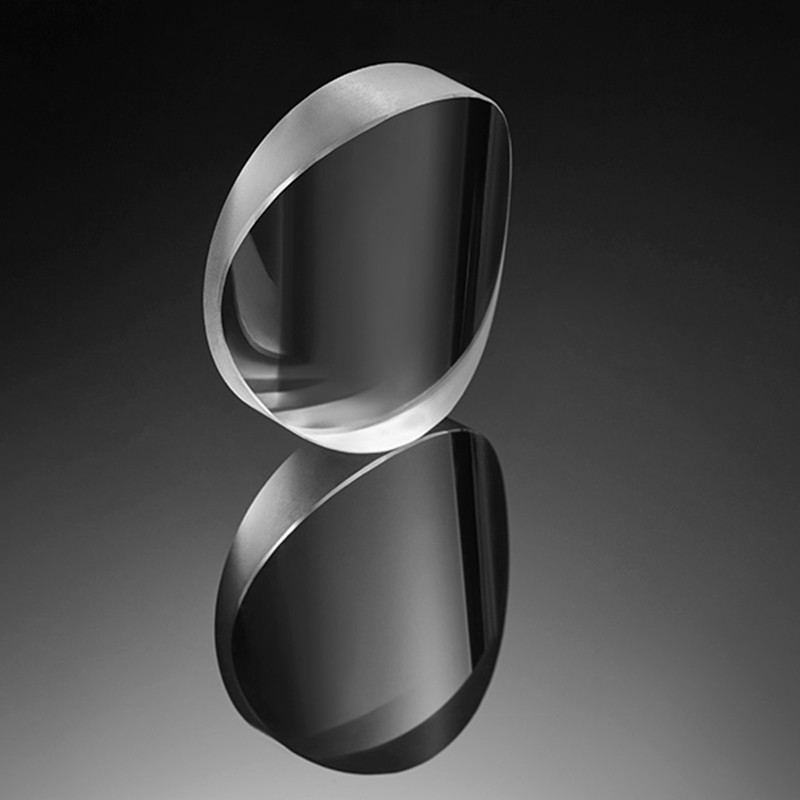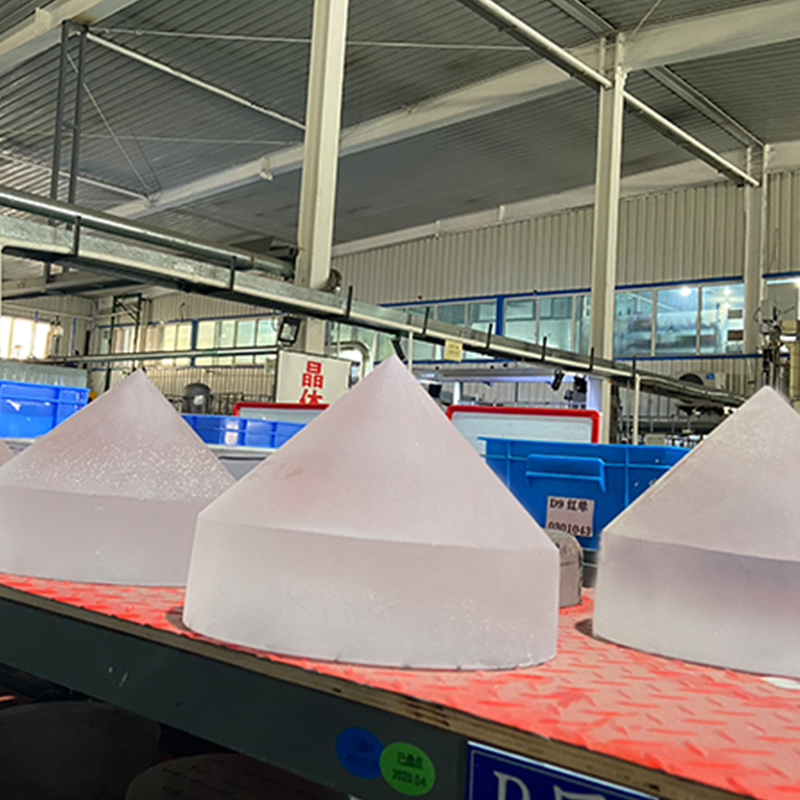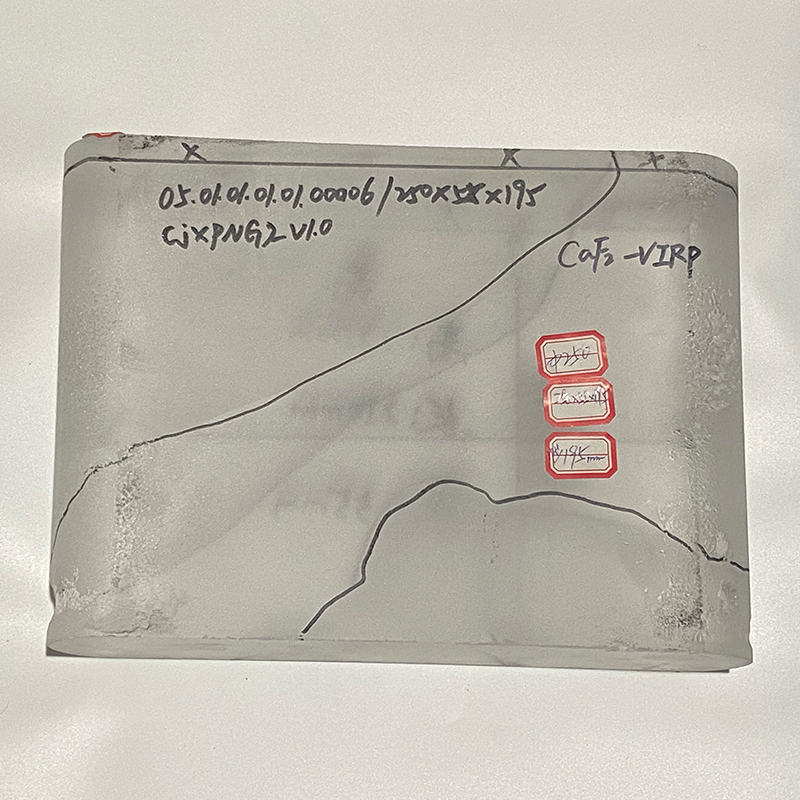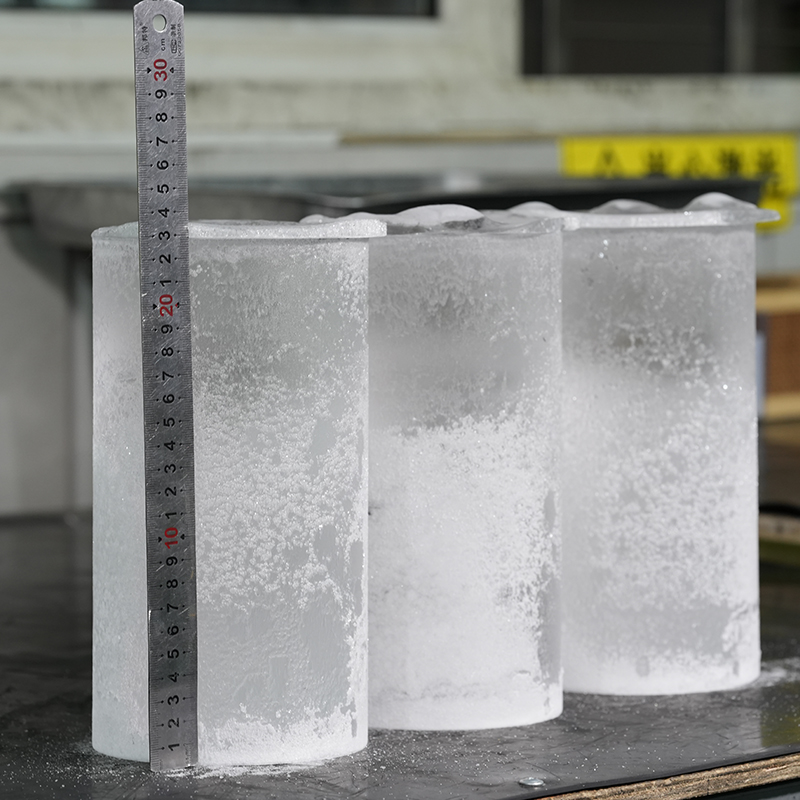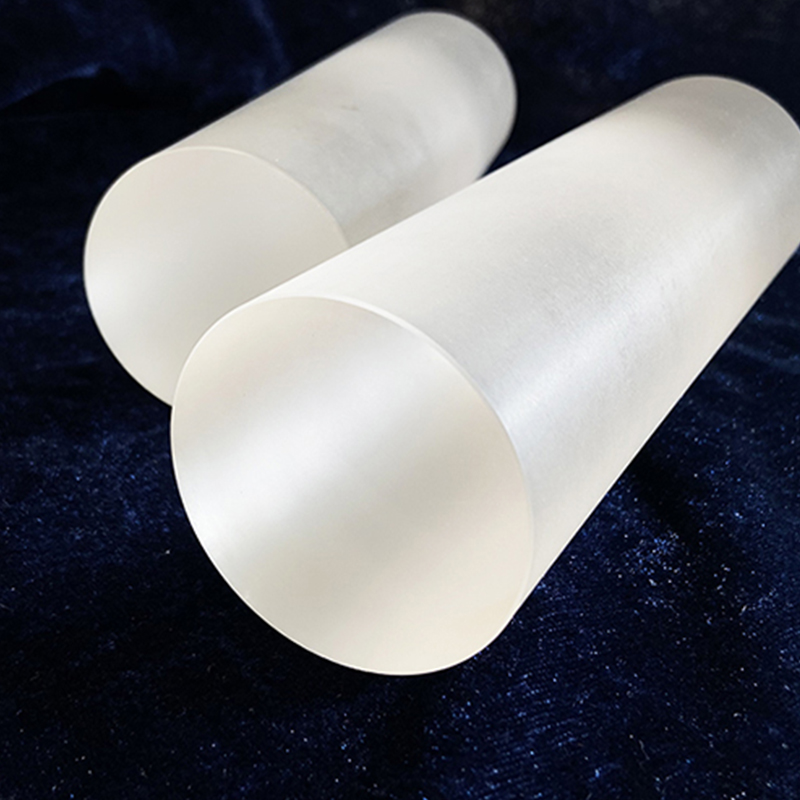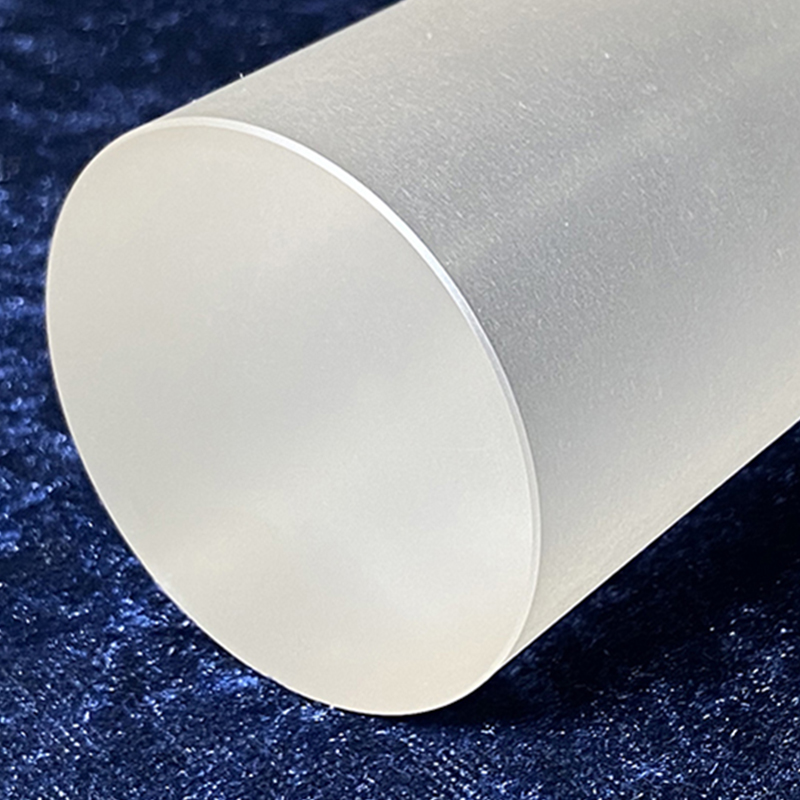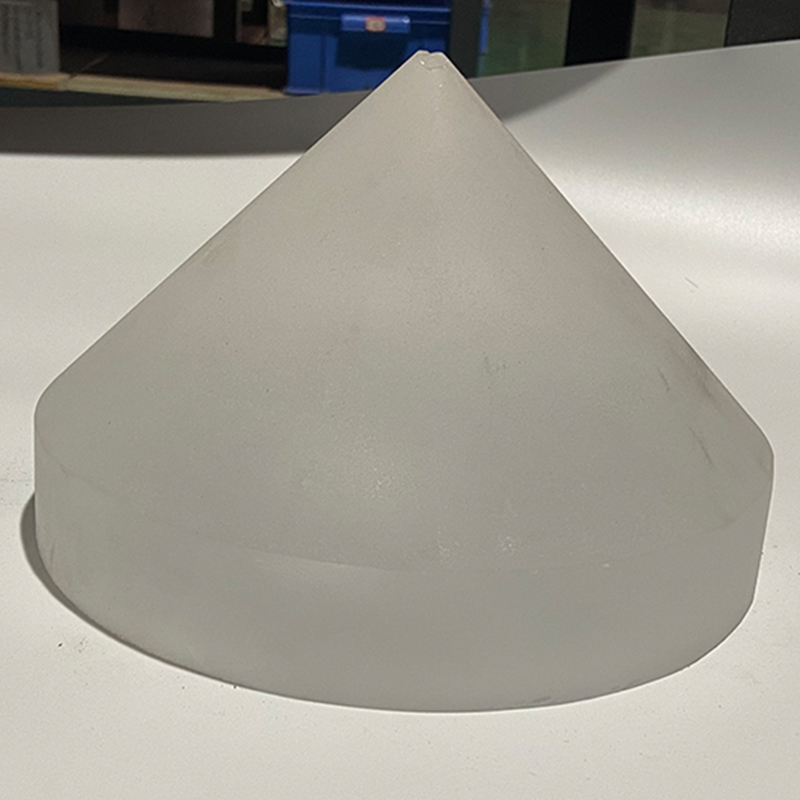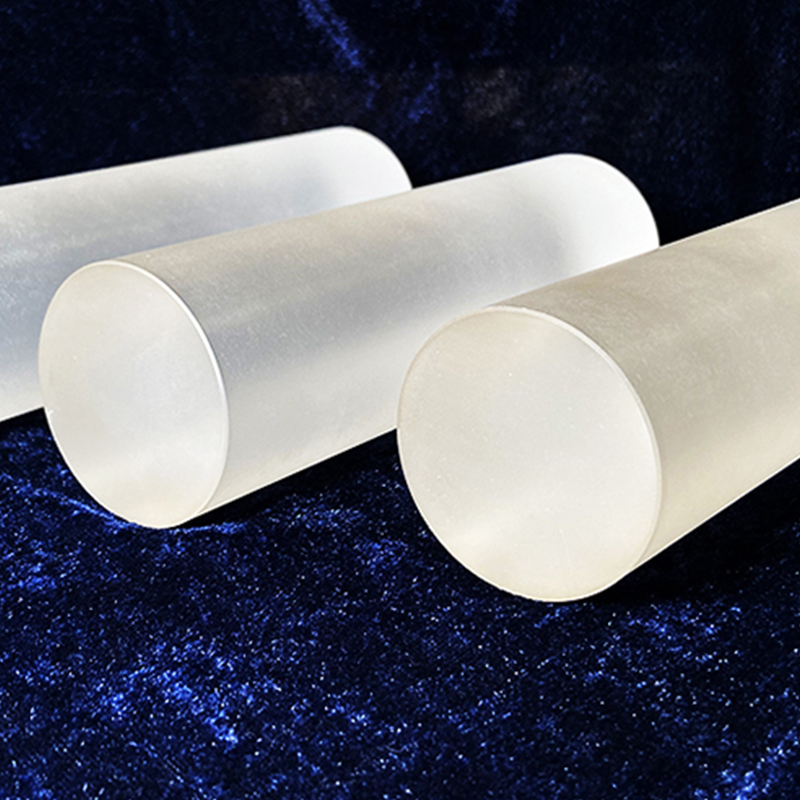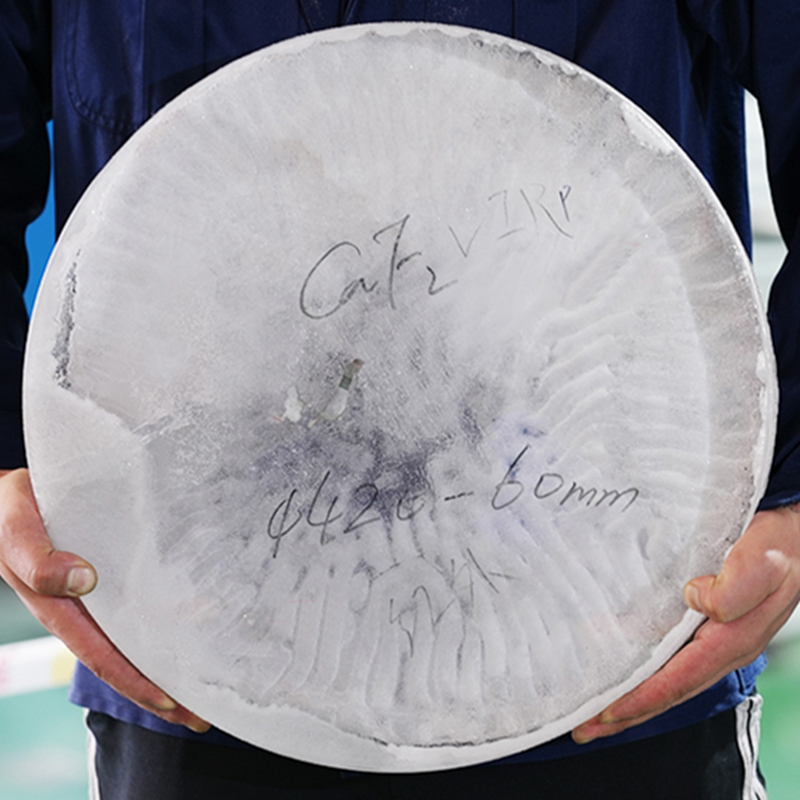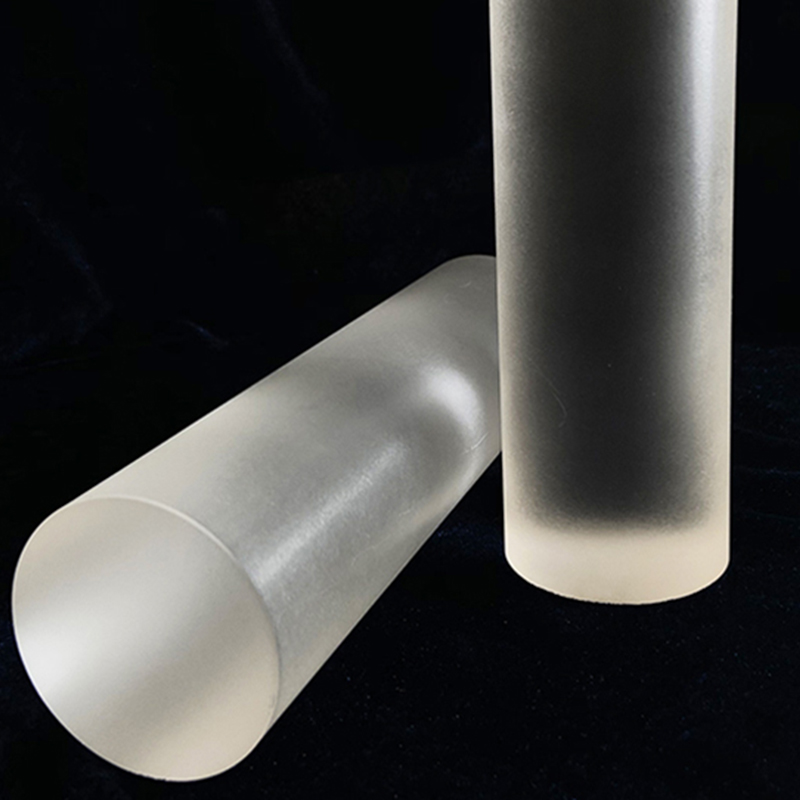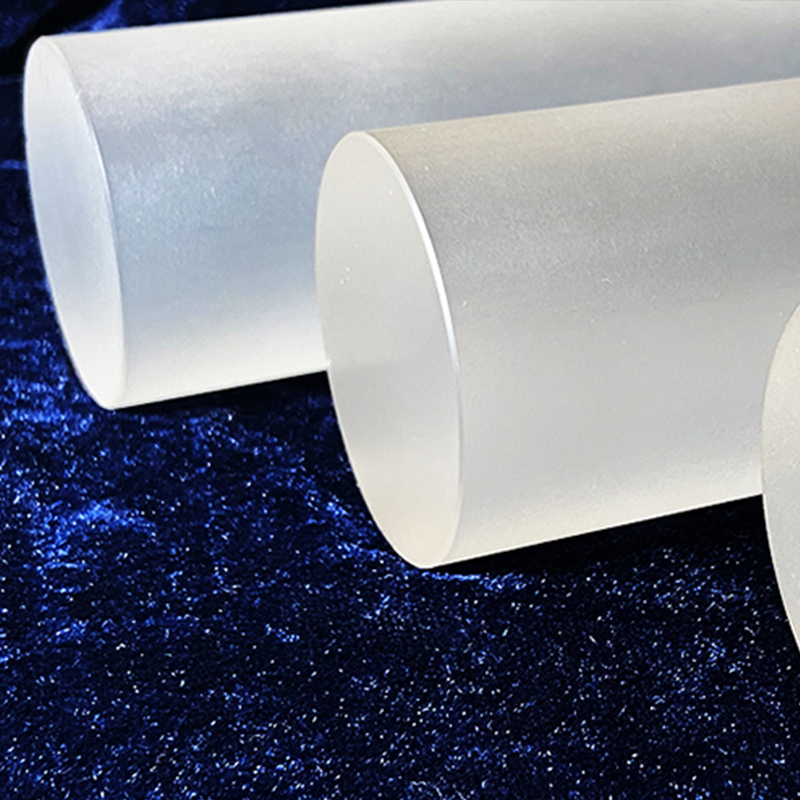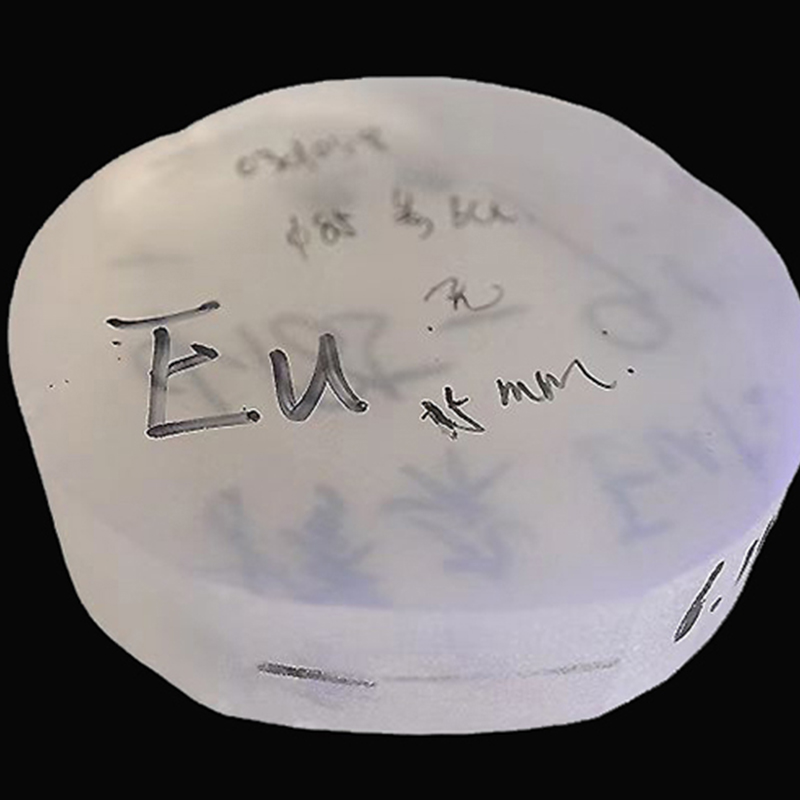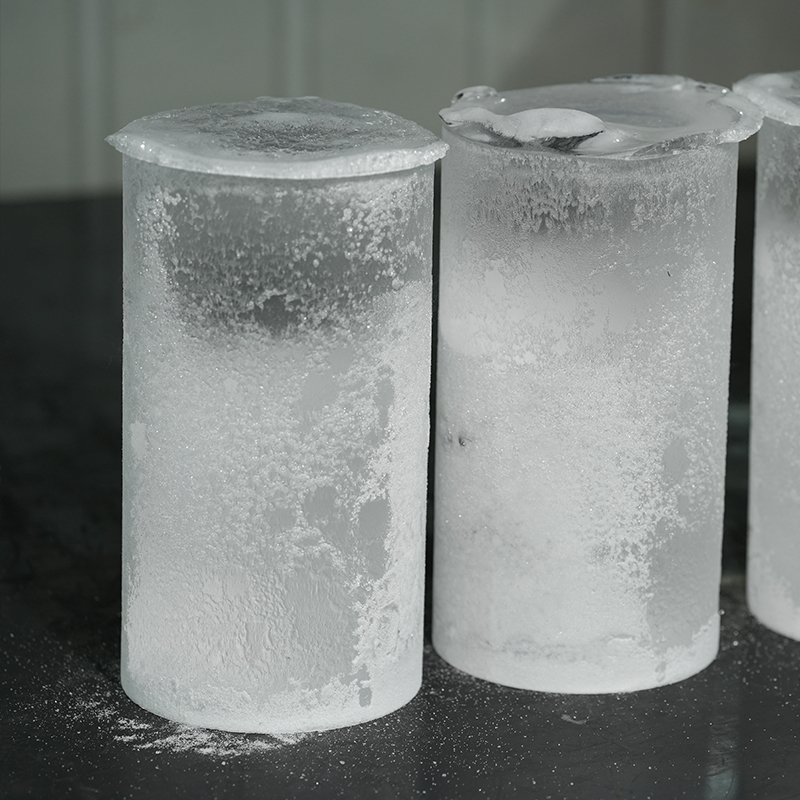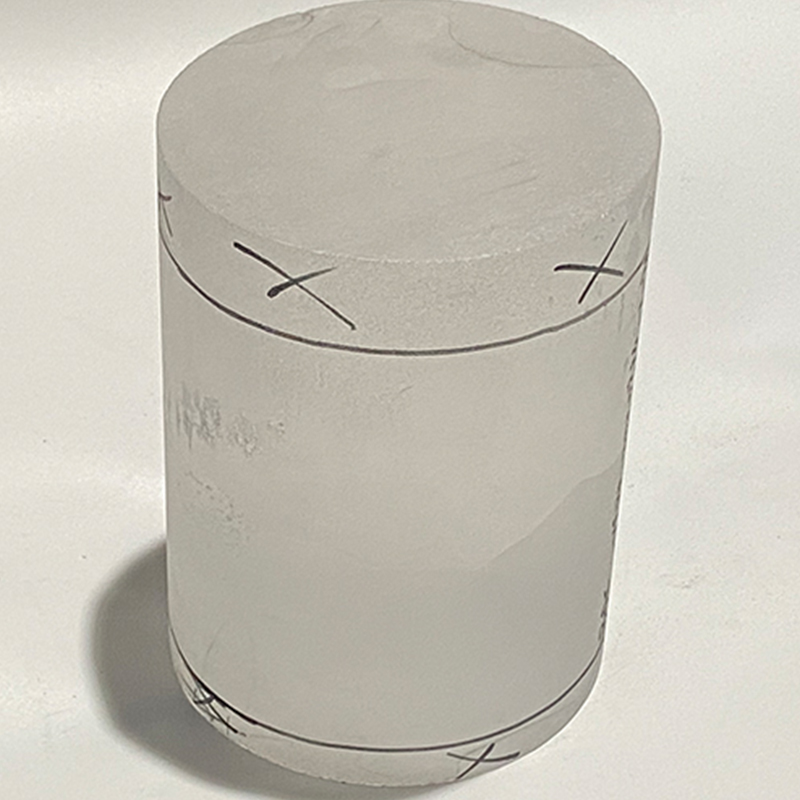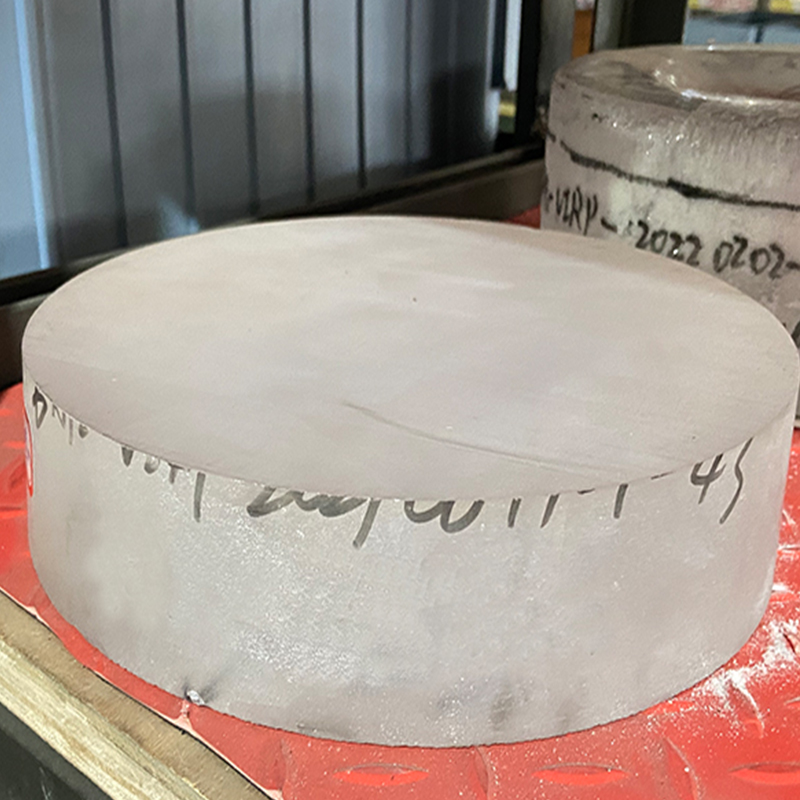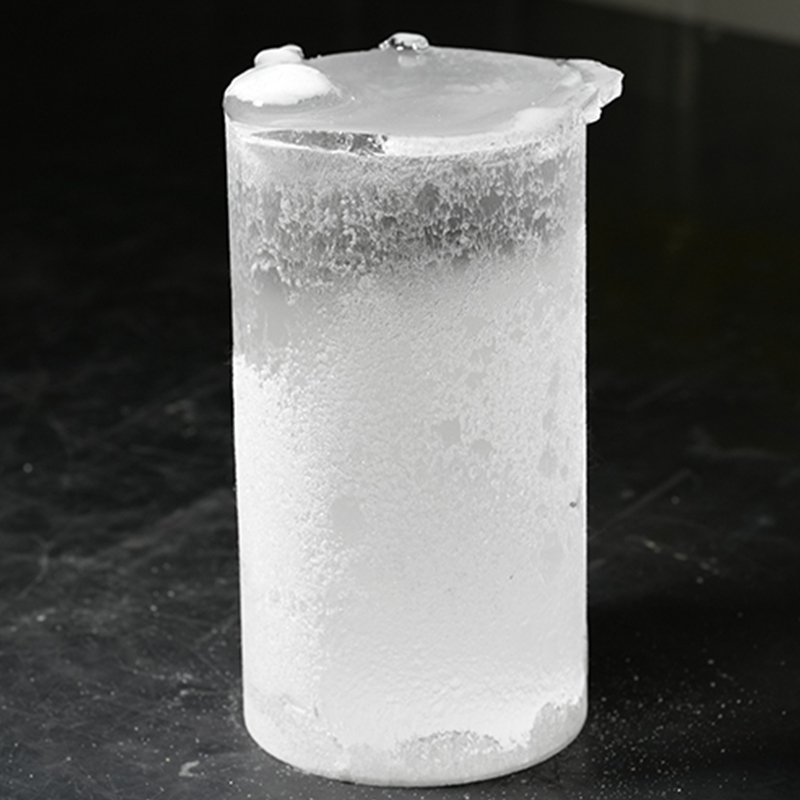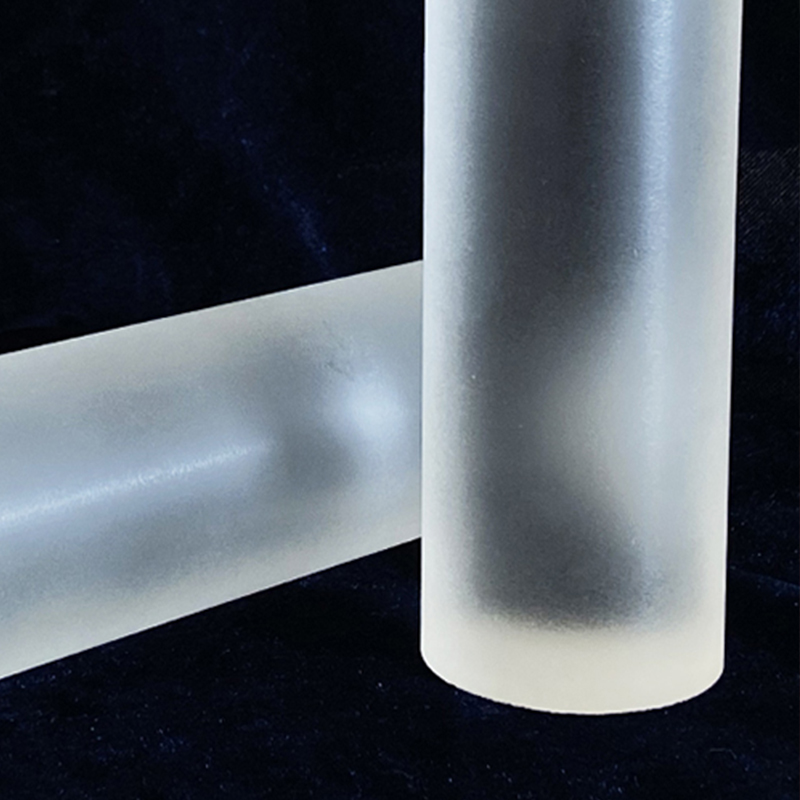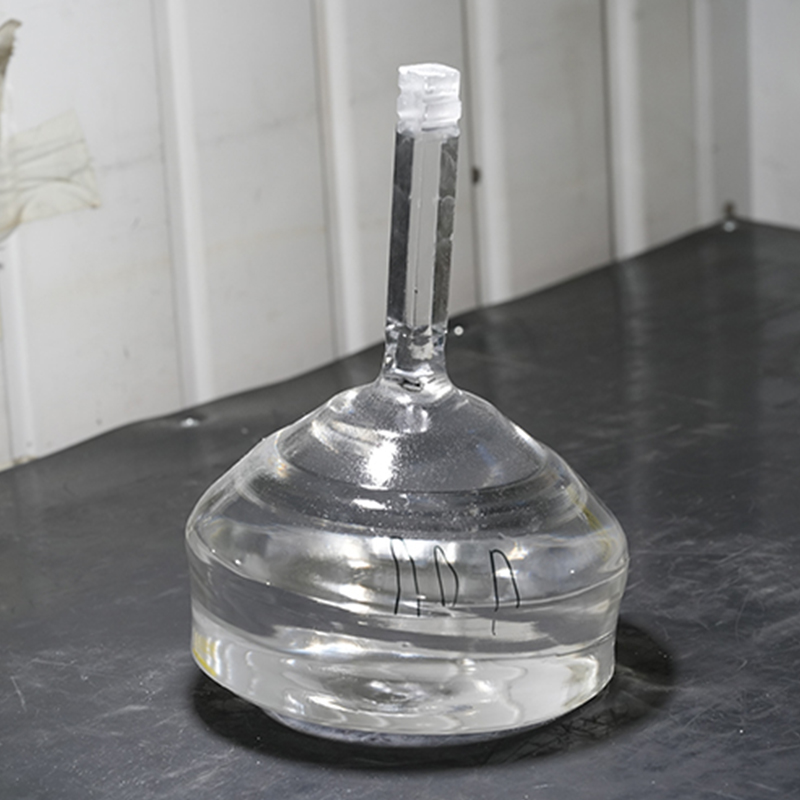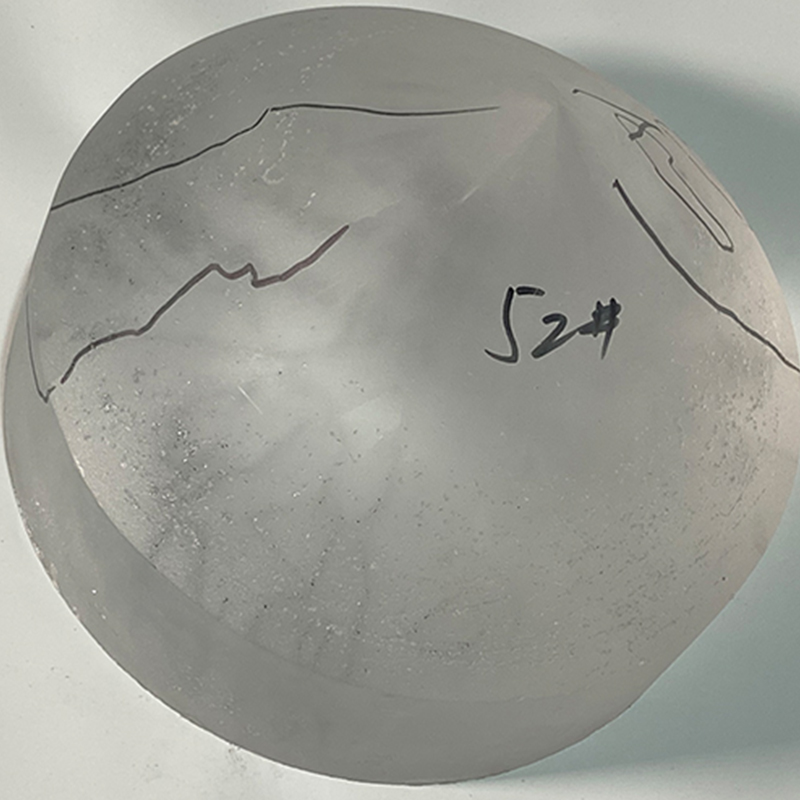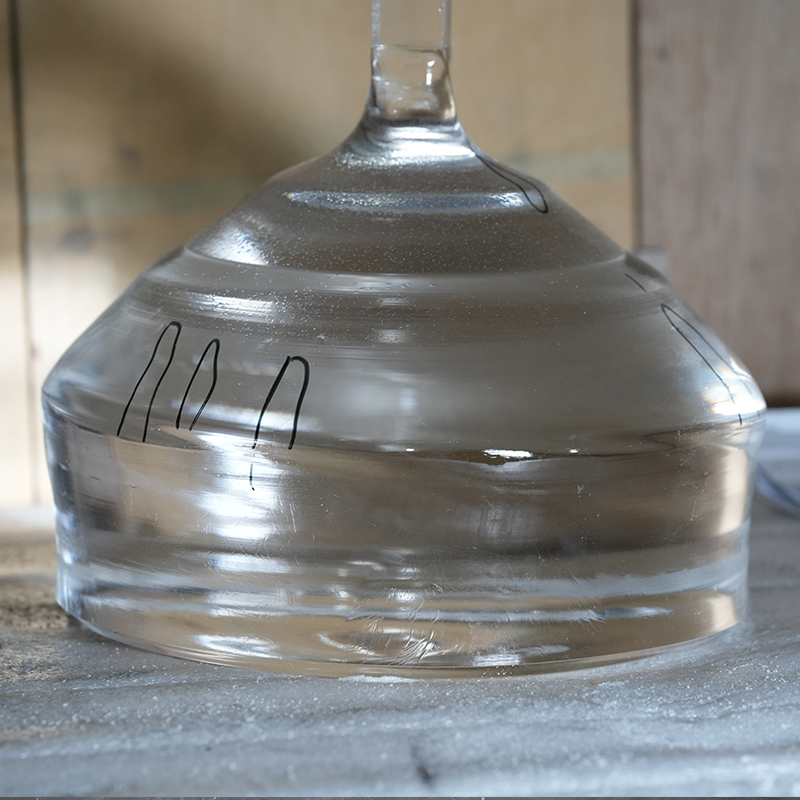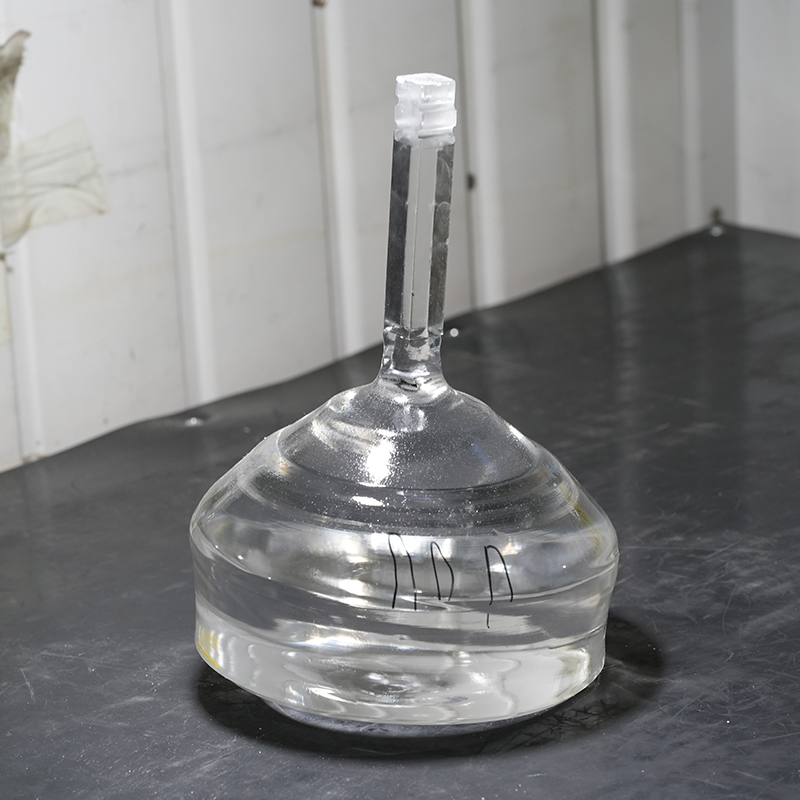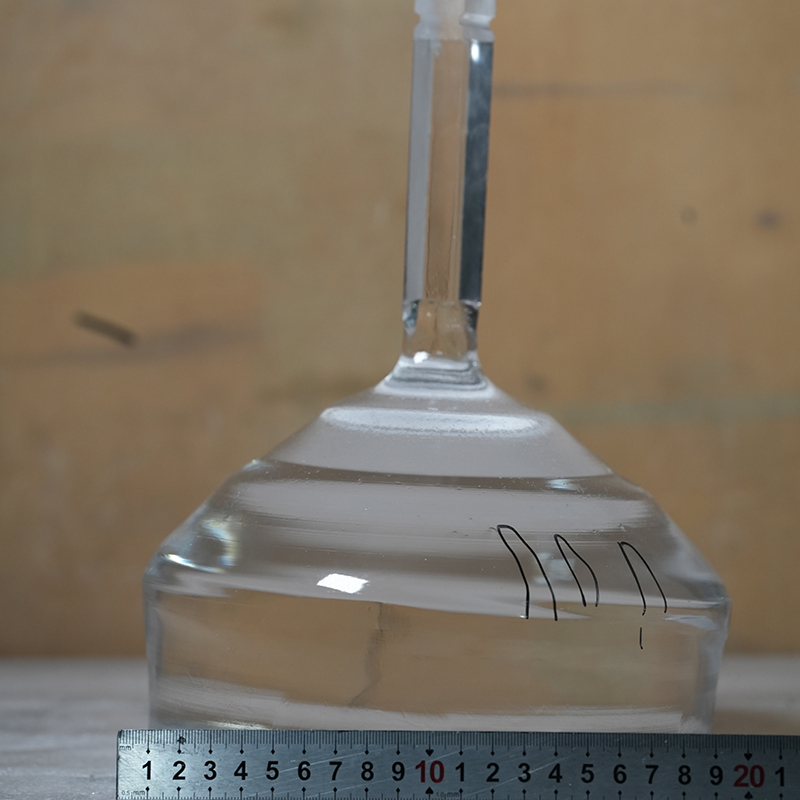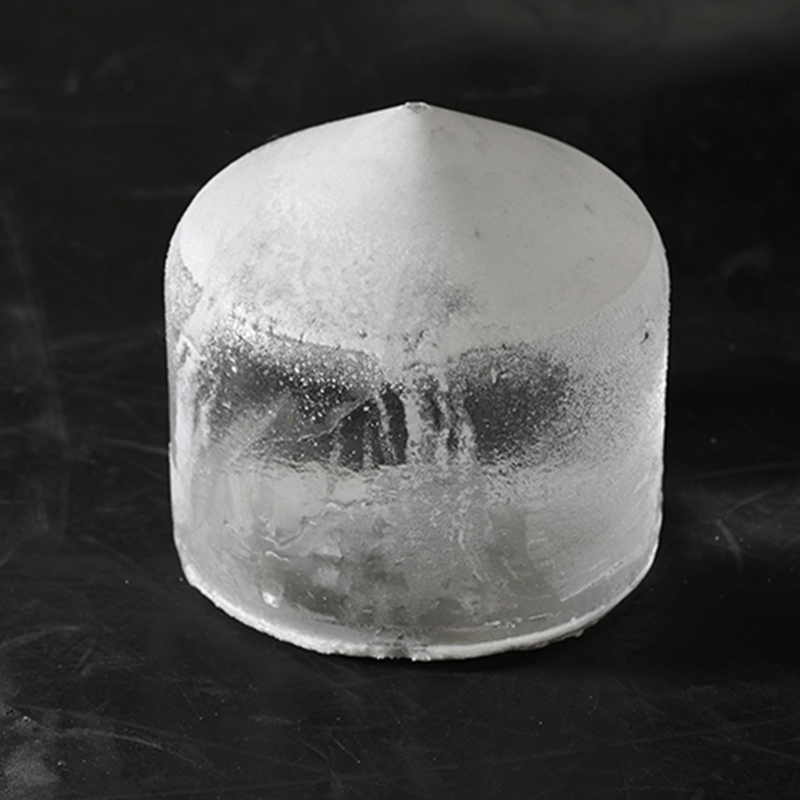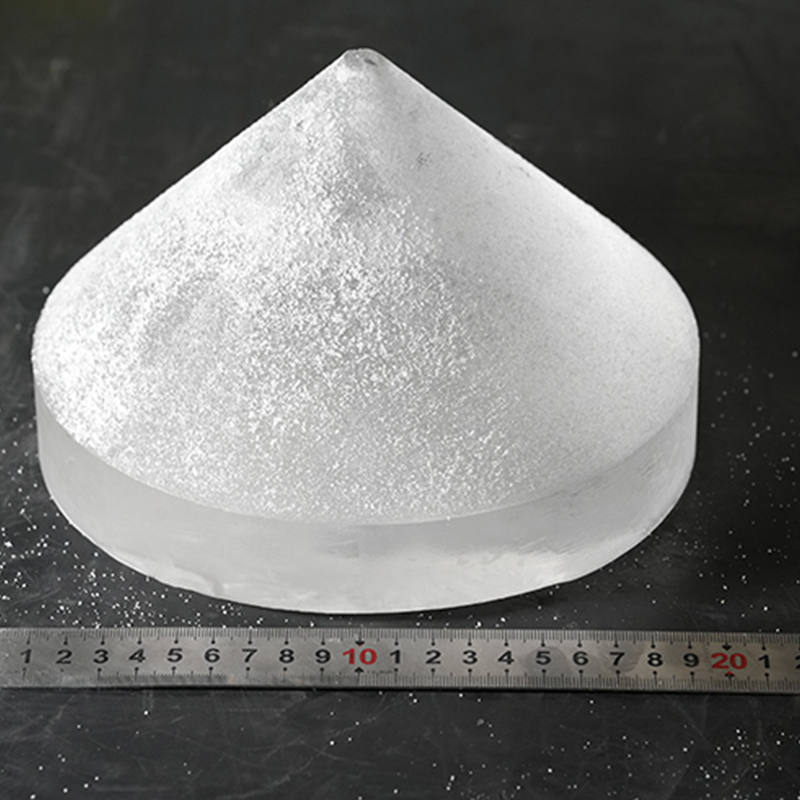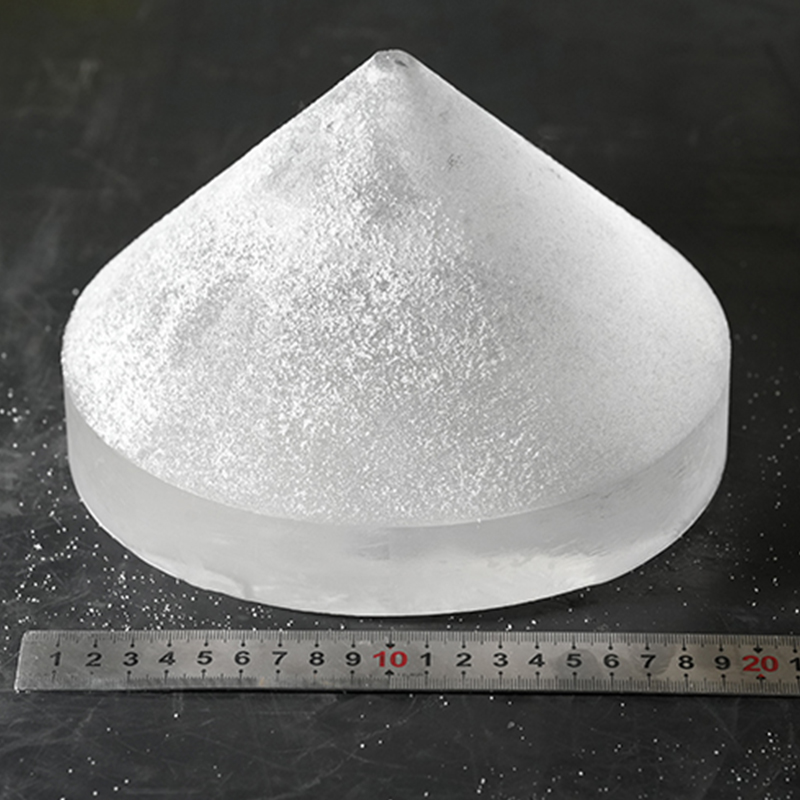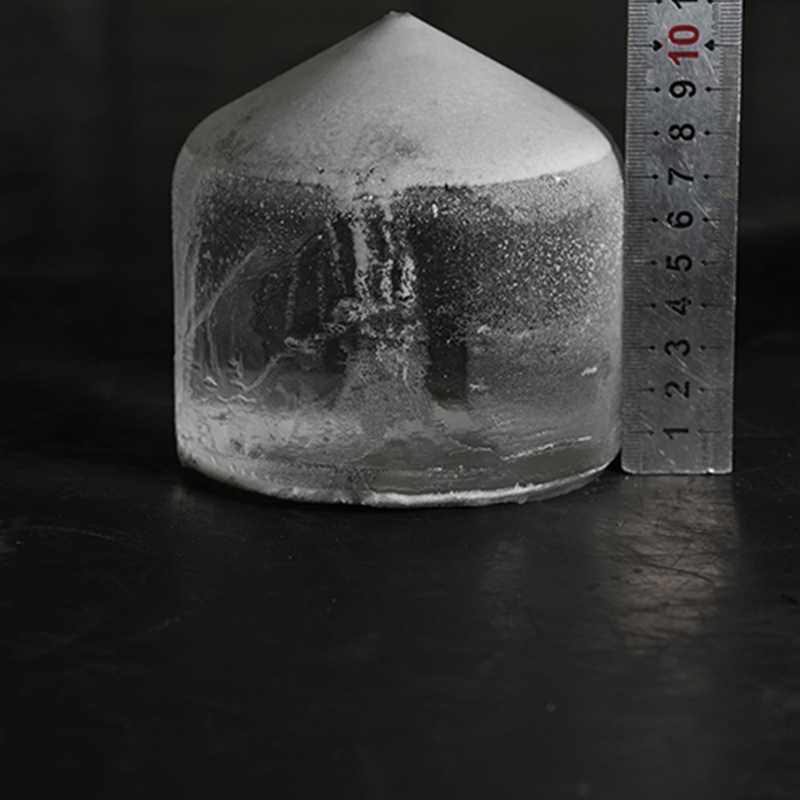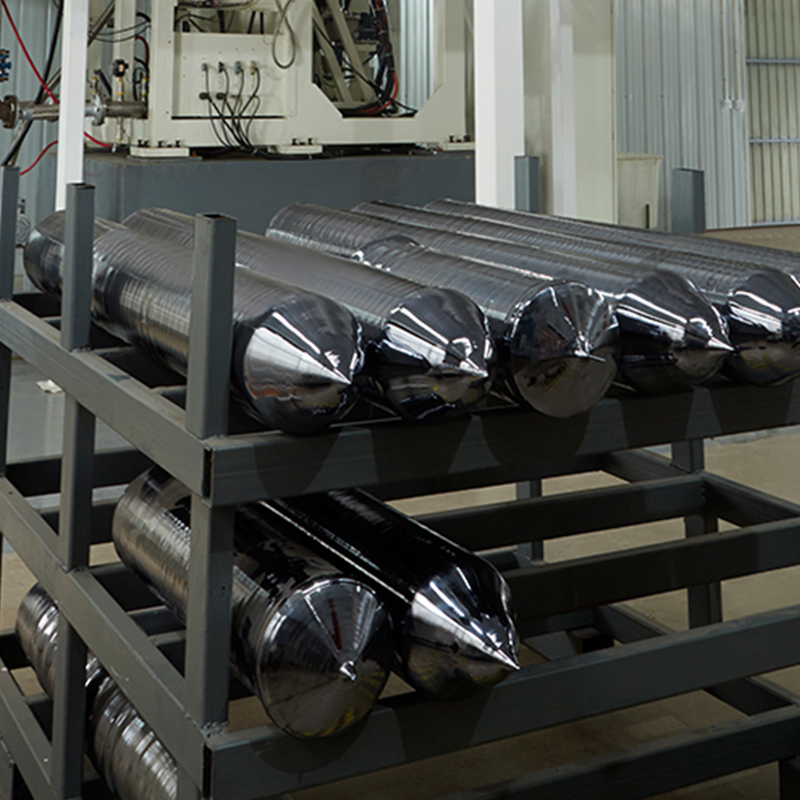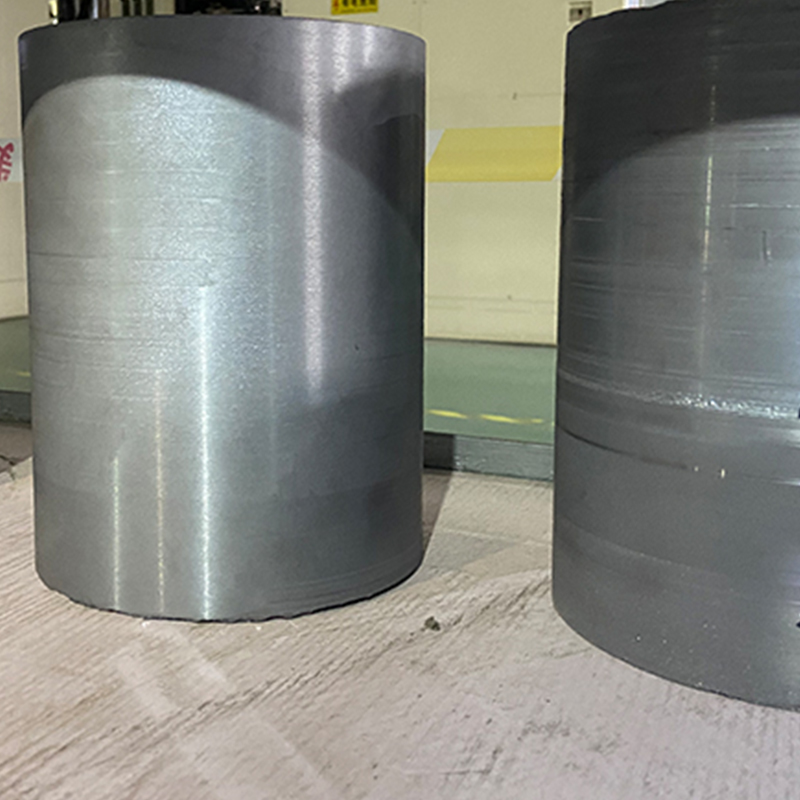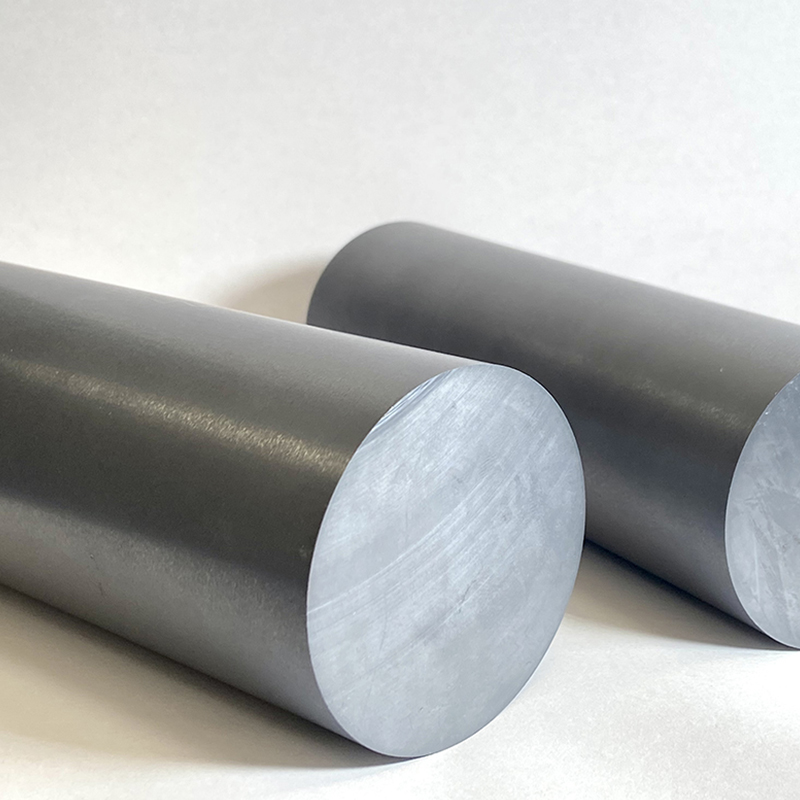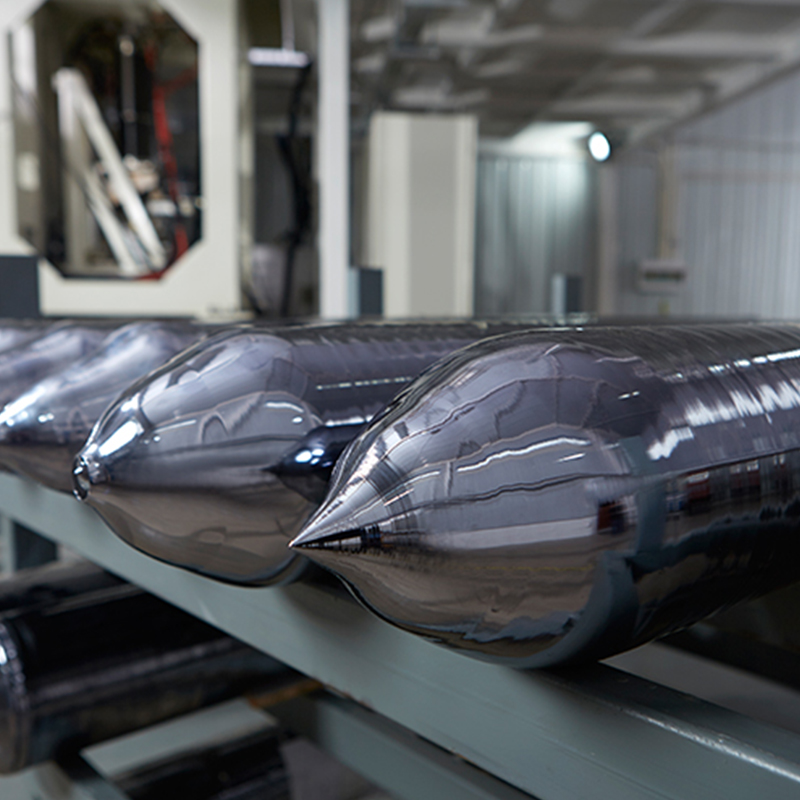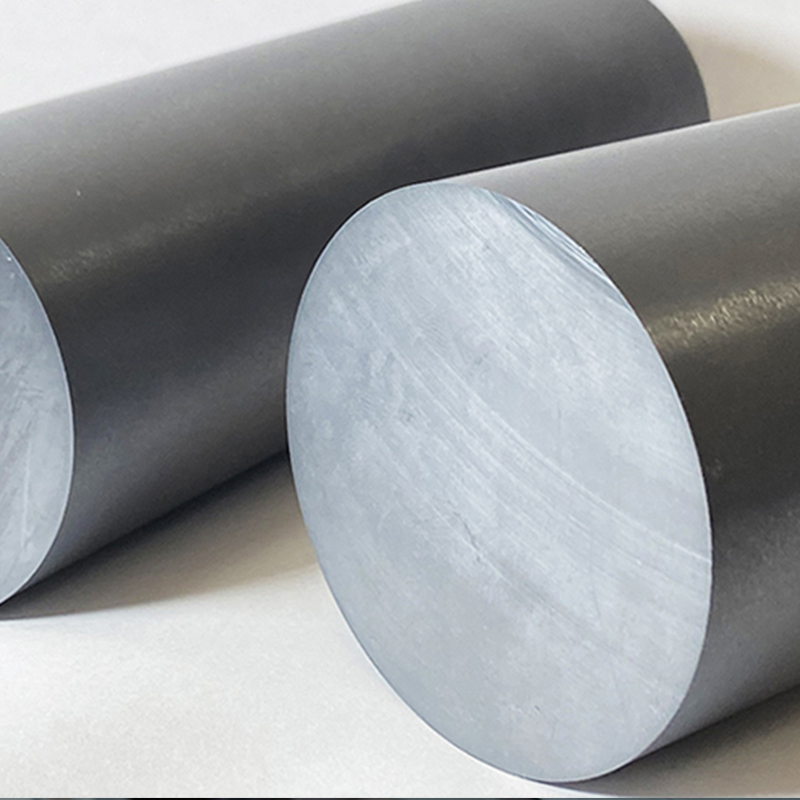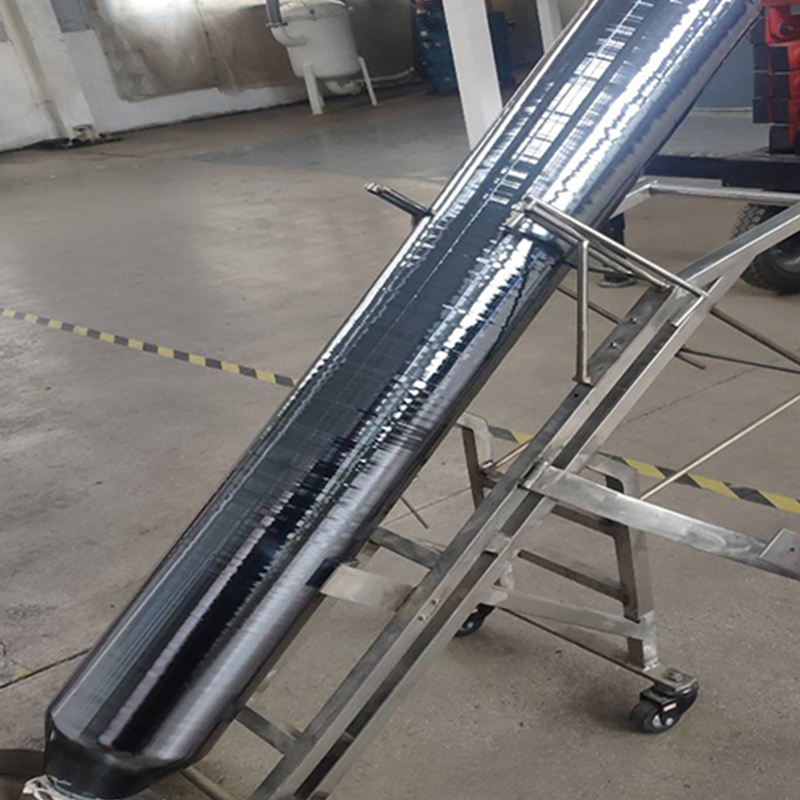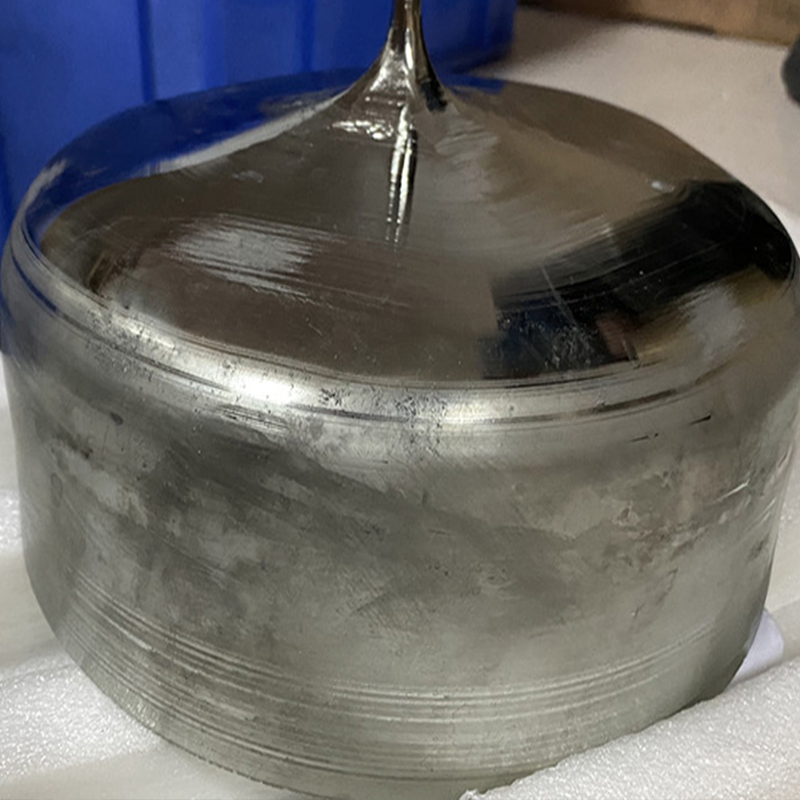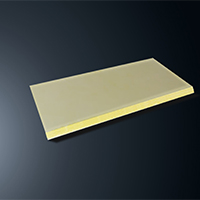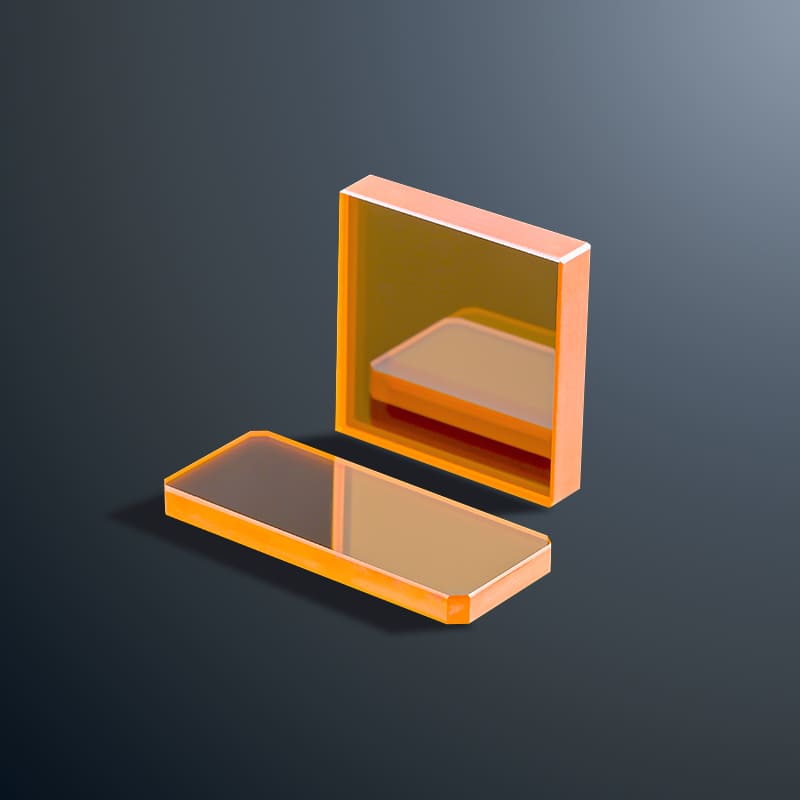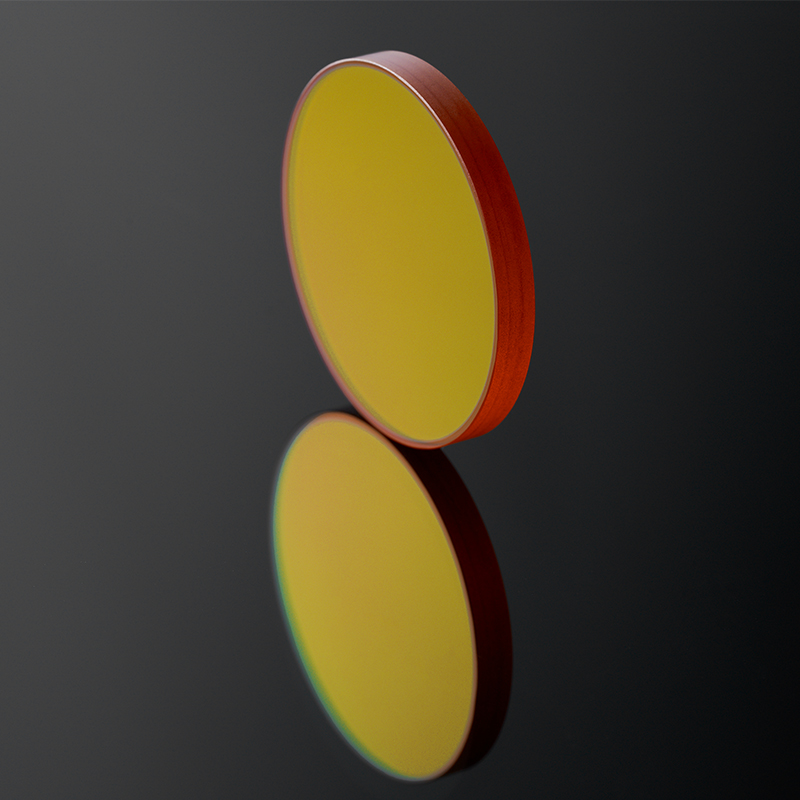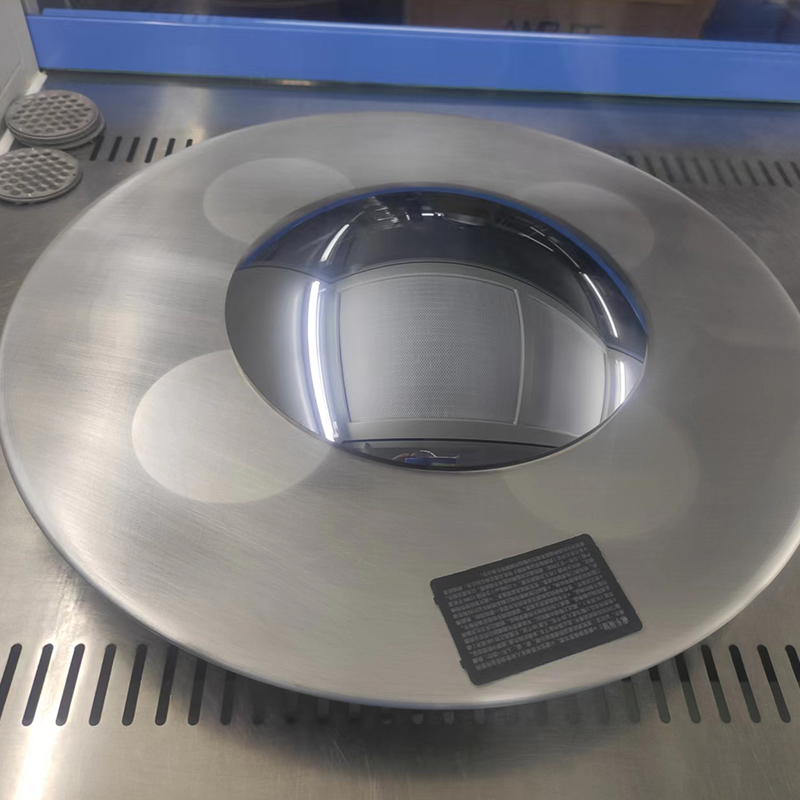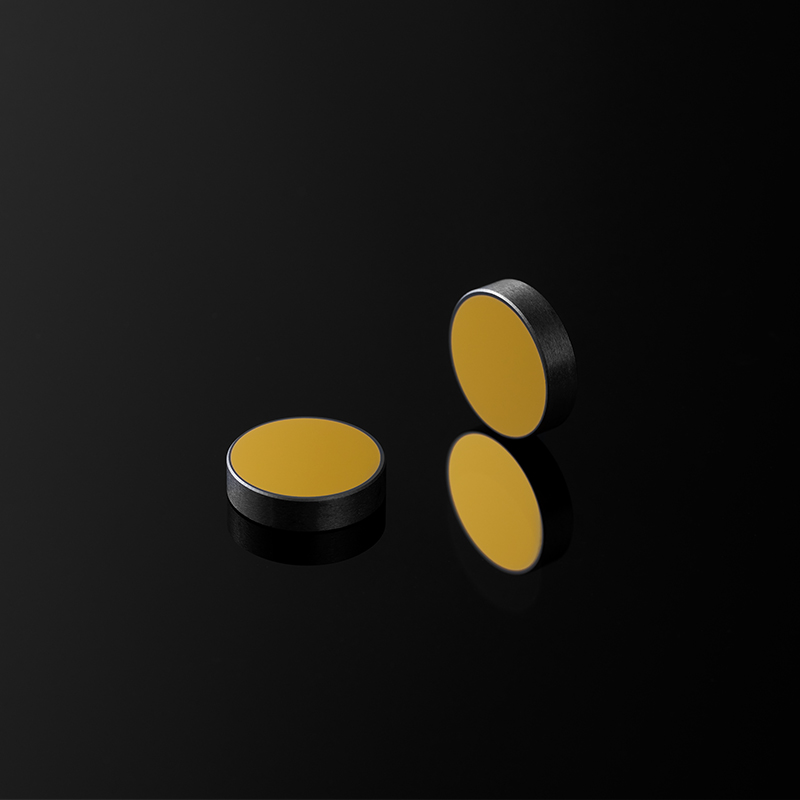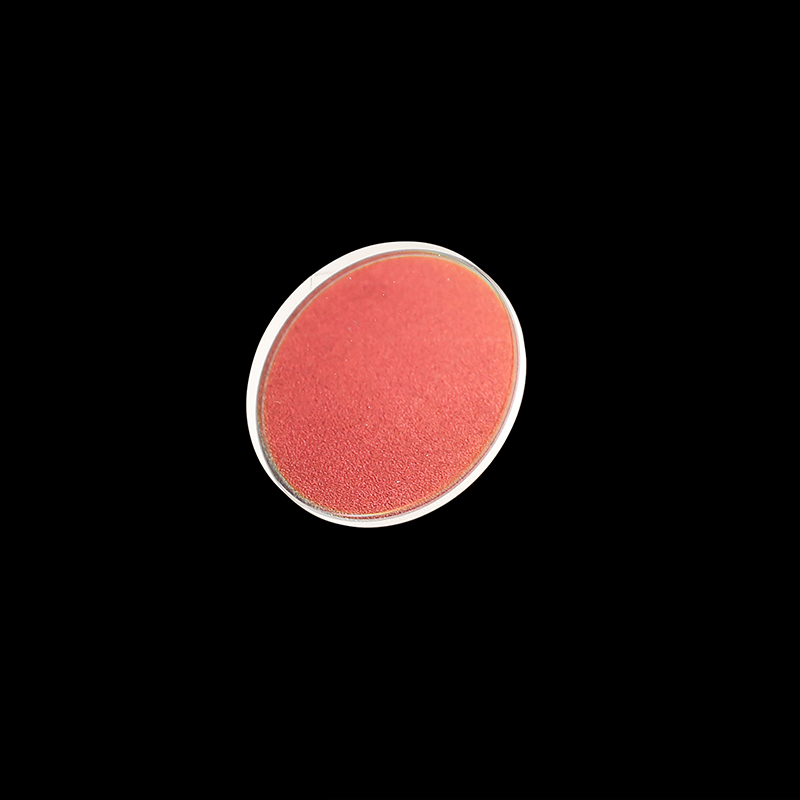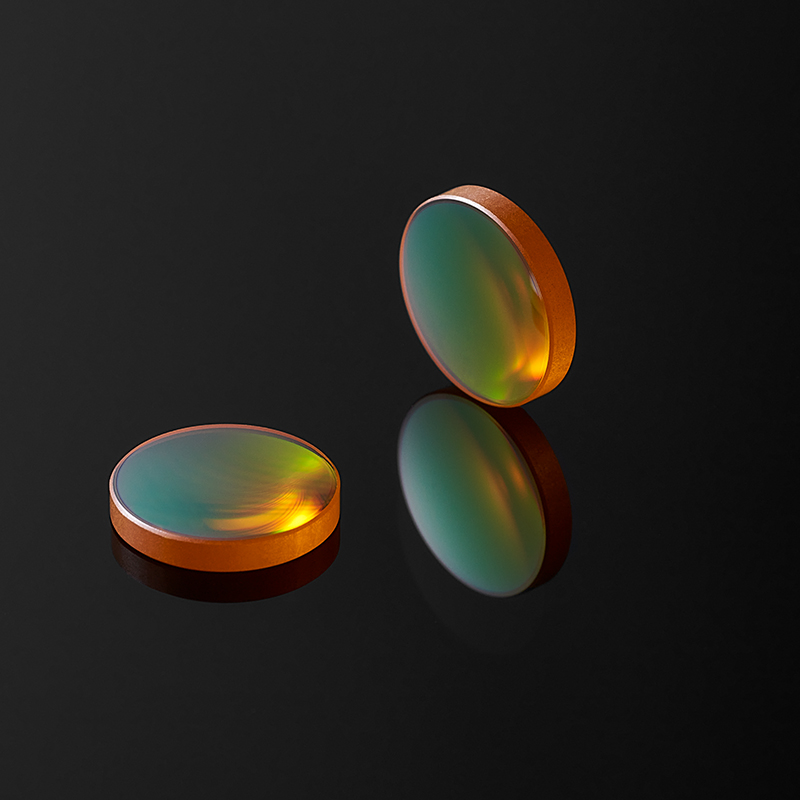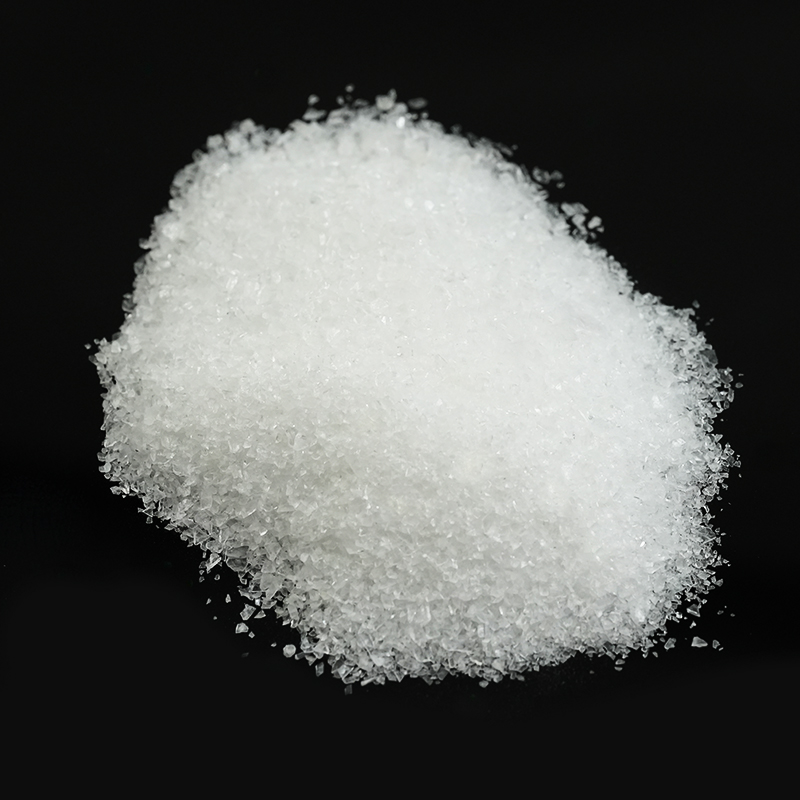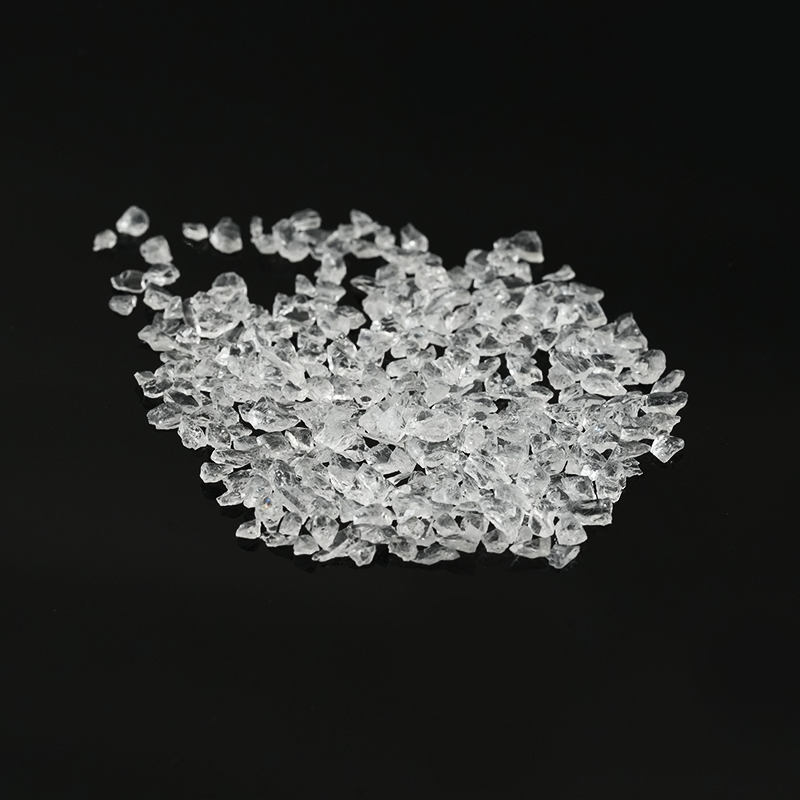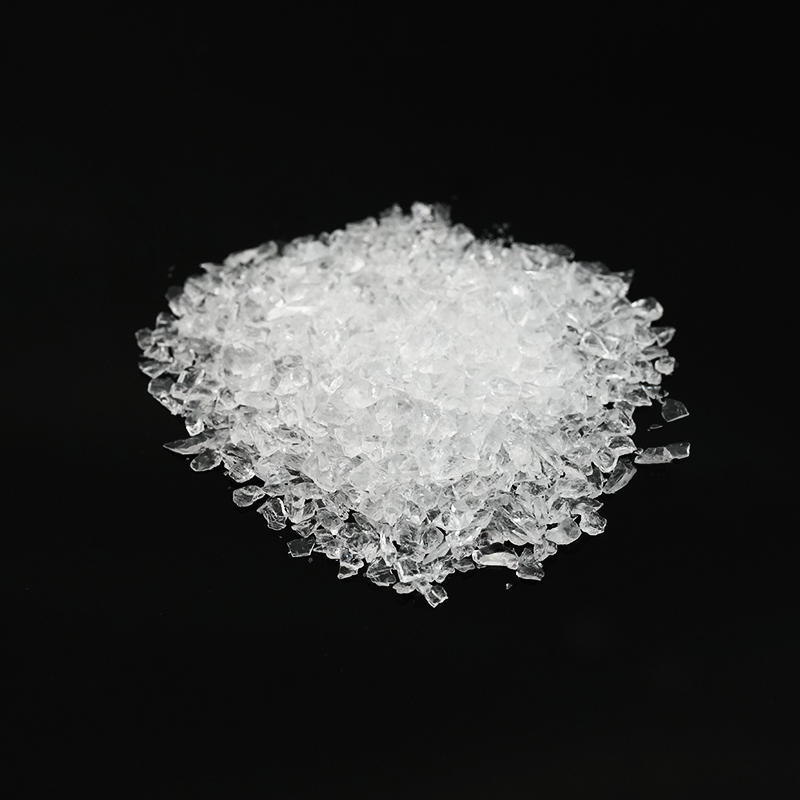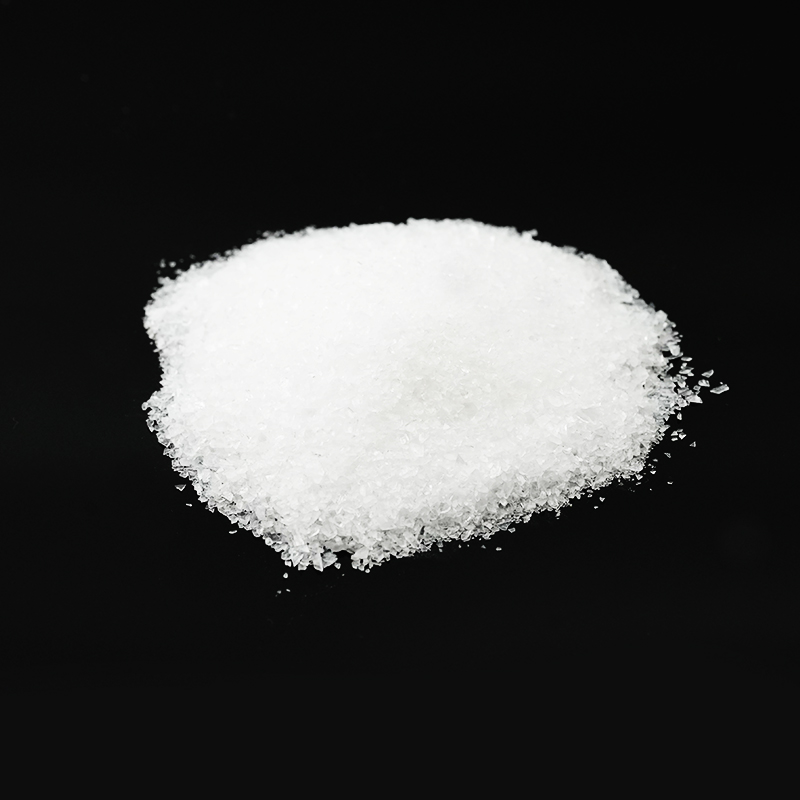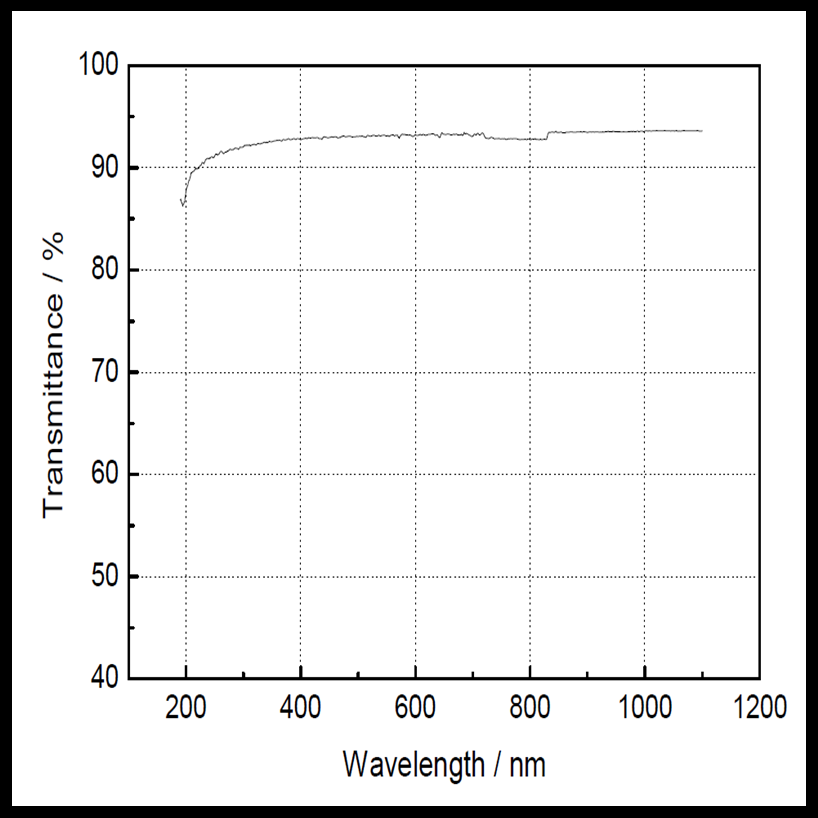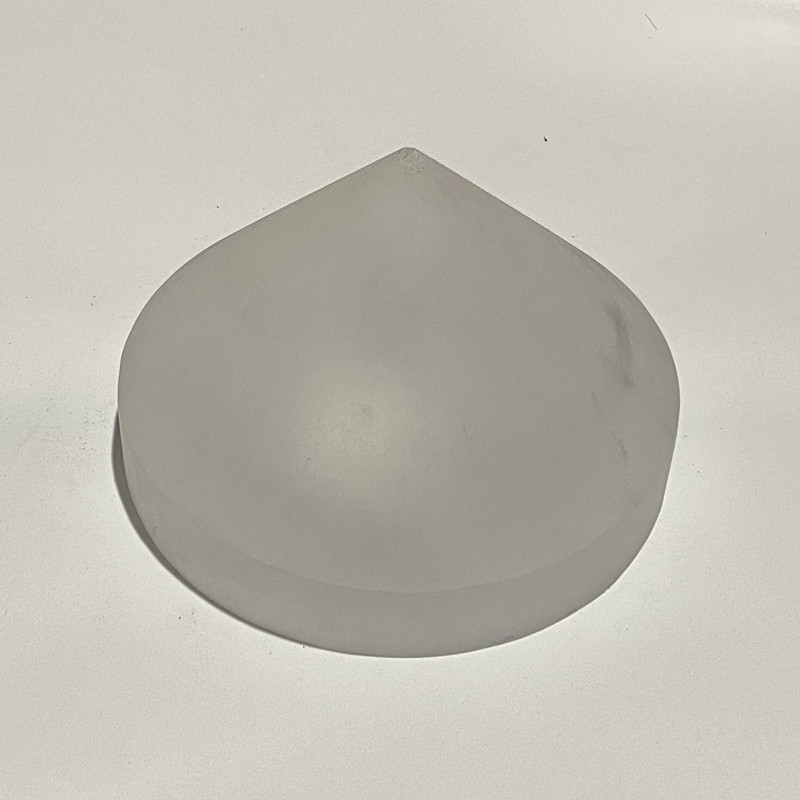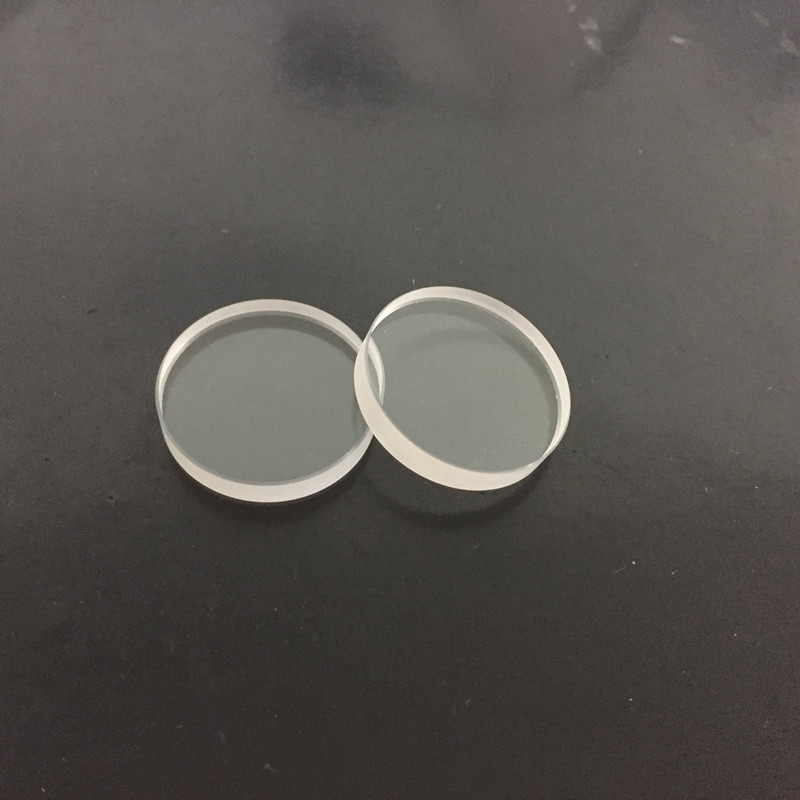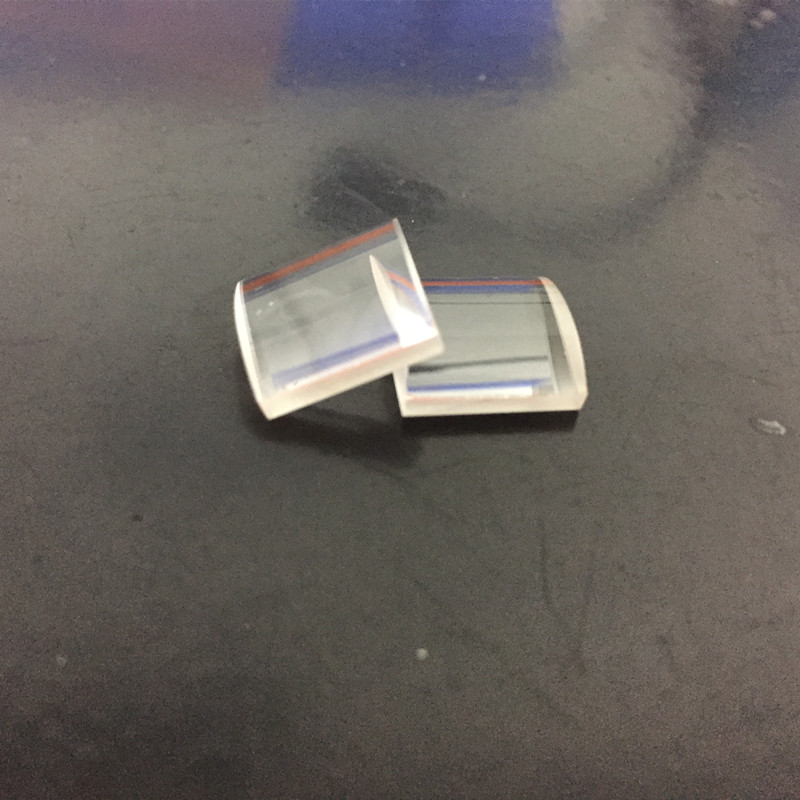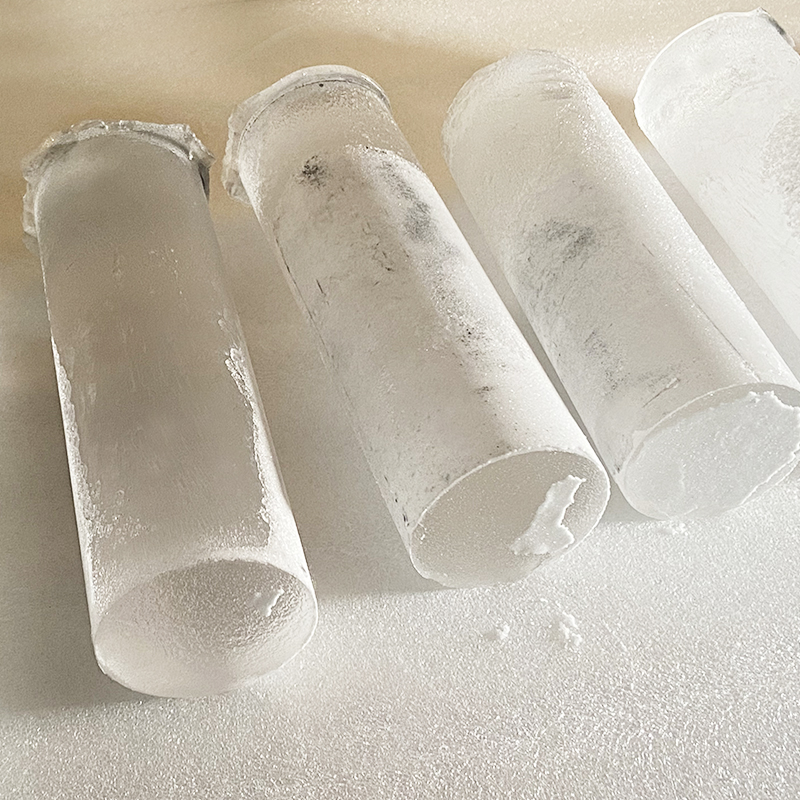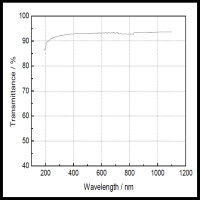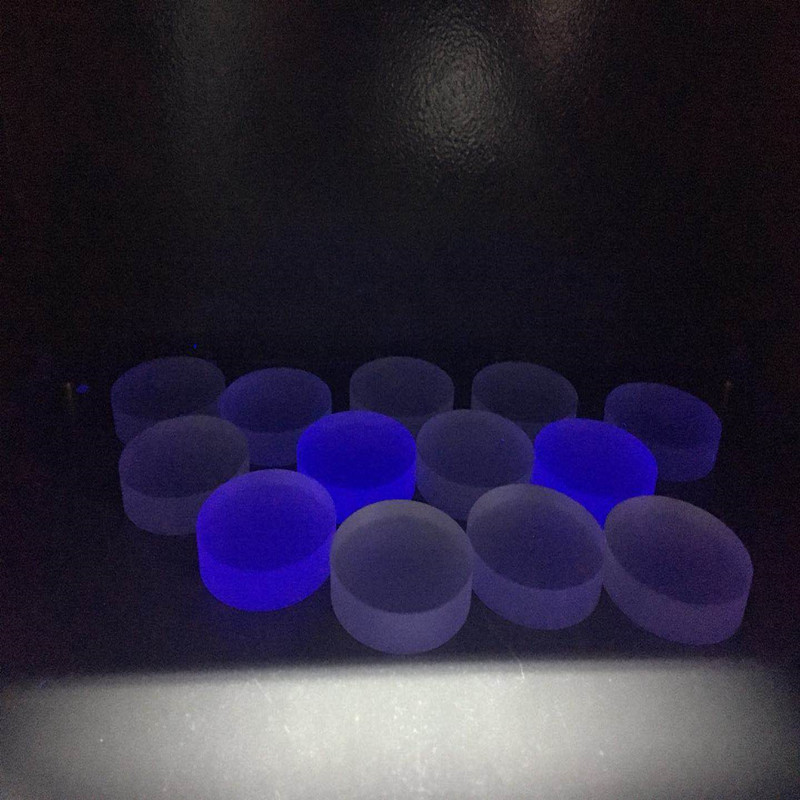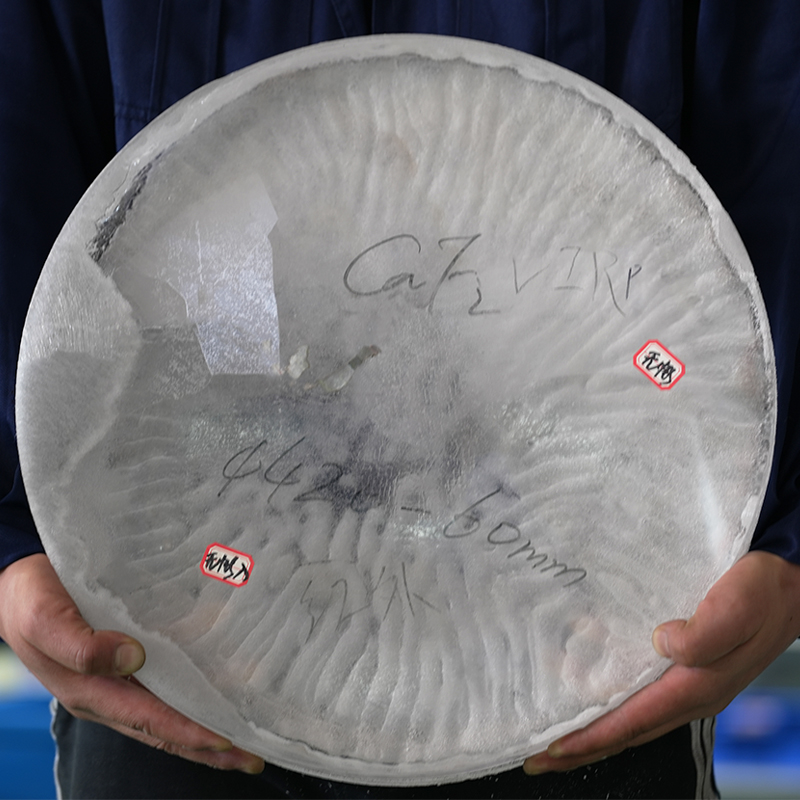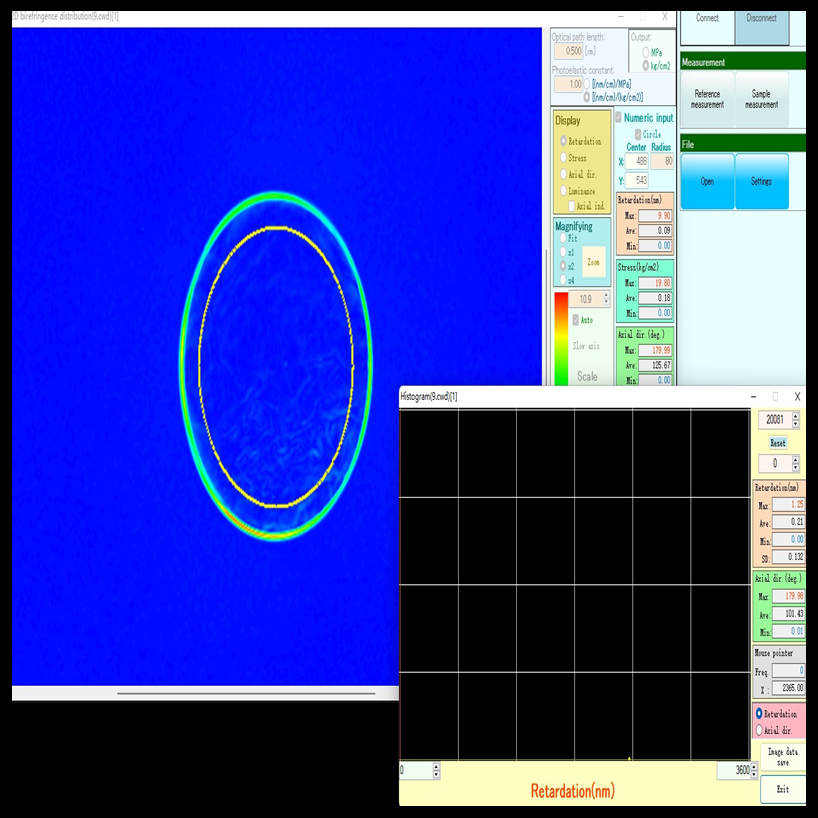UV Grade CaF2
Product Introduction:
UV grade calcium fluoride crystals are generally made of high purity chemical synthesis materials, and the grown crystals have better consistency and stability. Calcium fluoride crystals have a wide range of applications in the ultraviolet field, such as sun-blind detectors, ultraviolet imagers, ultraviolet vacuum observation windows and spectral analyzers.
Calcium fluoride (CaF2) crystals with high hardness, strong resistance to mechanical shock and thermal shock is good transmittance in UV, visible and infrared fields. It is widely used in scientific and technological fields such as lasers, infrared optics, UV optics and high-energy detectors. Especially they have good optical properties in the UV band and they are the known optical crystals in the UV cut-off band. Calcium fluoride with high transmittance and low fluorescence radiation is an ideal material for UV photodetectors, UV lasers and UV optical systems.
We can provide various specifications of ultraviolet calcium fluoride blanks and finished products. The shapes of blanks include round, rectangular, drilled, windows, lens, ,galvanometer,shaped, etc.
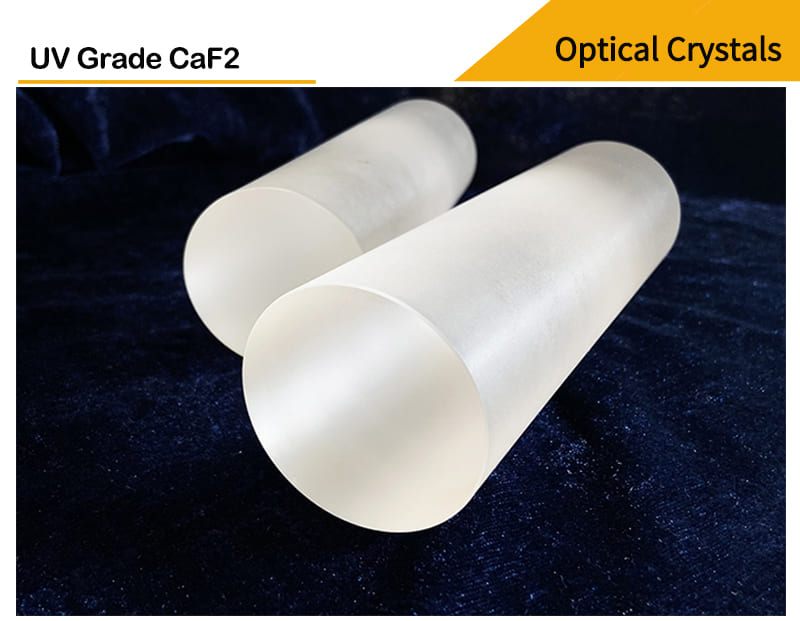
UV grade calcium fluoride crystals are generally made of high purity chemical synthesis materials, and the grown crystals have better consistency and stability. Calcium fluoride crystals have a wide range of applications in the ultraviolet field, such as sun-blind detectors, ultraviolet imagers, ultraviolet vacuum observation windows and spectral analyzers. We can provide a wide range of UV calcium fluoride crystals with various specifications. Our company can supply many specifications of UV grade calcium fluoride blanks and finished products.
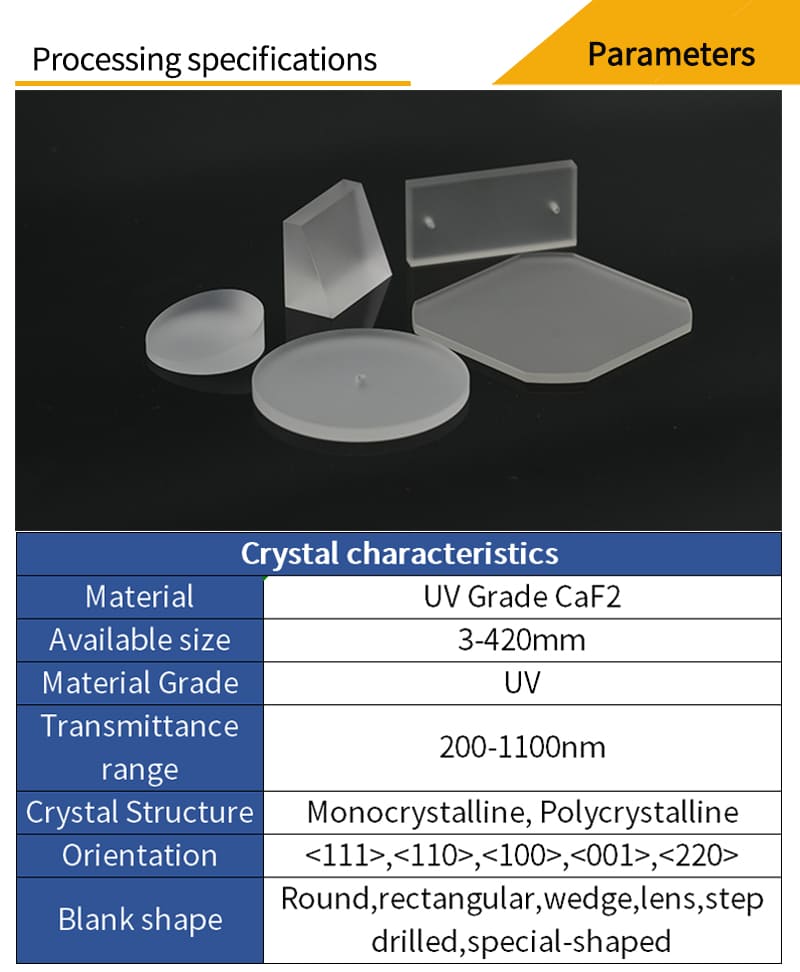
Our company can supply many specifications of Ultraviolet calcium fluoride blanks and finished products.The shape of the blank contains round, rectangular, drilled, windows, lenses, galvanometers, special shaped etc.
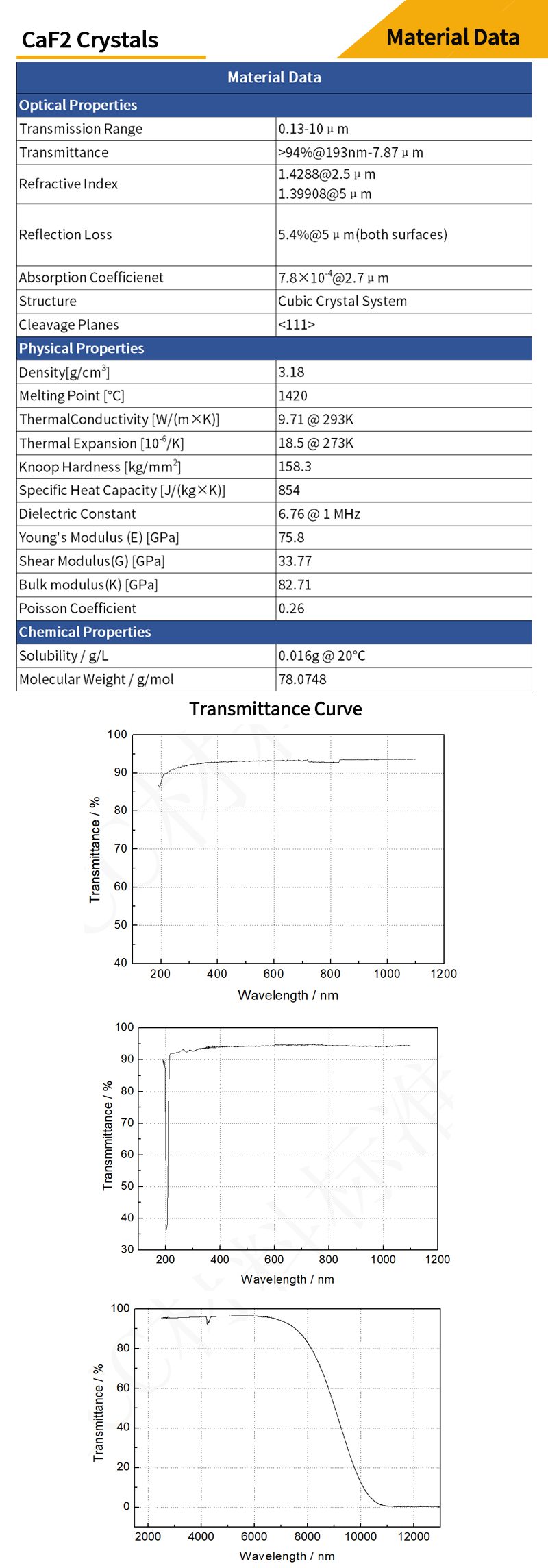
Calcium fluoride(CaF2) crystals are widely used as window, lens, prism, beam splitter and substrate materials from vacuum UV to mid-infrared wavelengths because of their high transmittance and very high laser damage threshold in the deep UV region. High purity calcium fluoride single crystals are good window materials for lasers in the vacuum UV band, and single crystals or hot forged single crystals are window materials for carbon monoxide and chemical lasers.The good optical properties of calcium fluoride crystals in the vacuum band are unmatched by other materials.Calcium fluoride single crystal materials for this band also have the advantages of radiation resistance, high ozone resistance, fluorine corrosion resistance, and low cost.
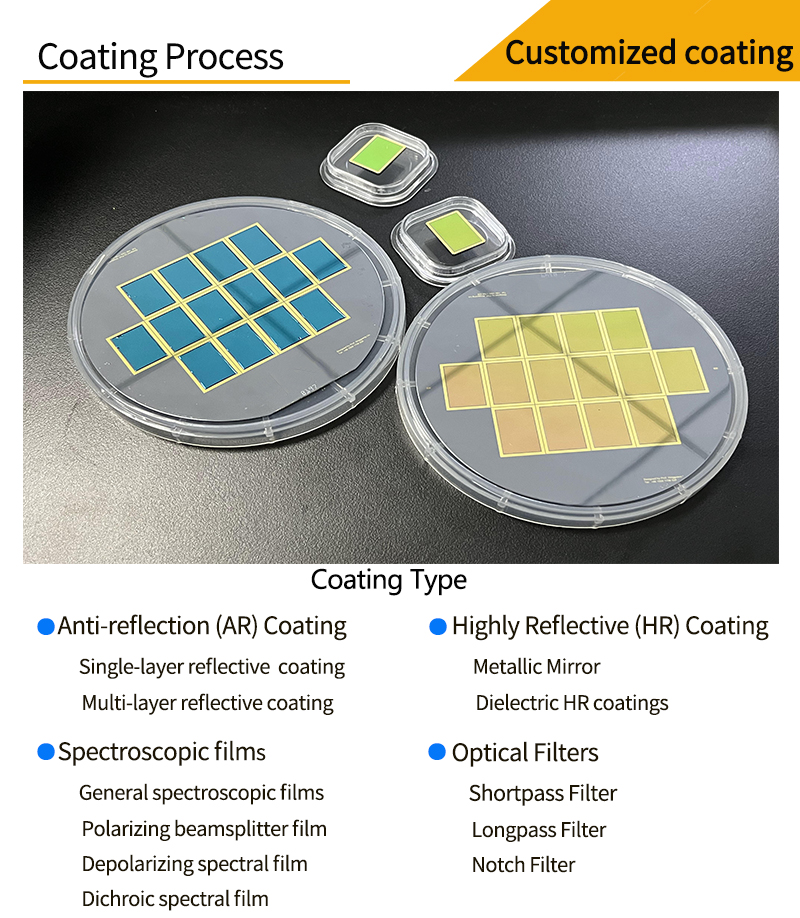
Coating refers to coating a transparent electrolyte film or metal film on the surface of the substrate material by physical or chemical methods. The purpose is to change the reflection and transmission characteristics of the material surface to reduce or increase the reflection, beam splitting, color separation, light filtering, polarization and other requirements.We can provide various optical coatings such as anti-reflective films, high-reflective films, spectral films, and metallic films. Broadband anti-reflective films are available for UV, visible, NIR and mid-infrared wavelengths.
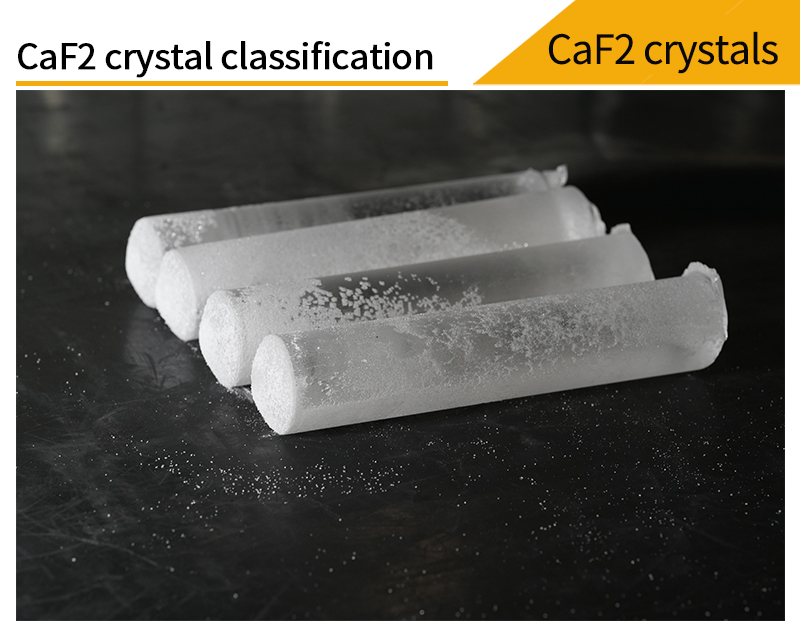
VIR Grade
●Typical Size:φ80mm×180mm、φ100mm×180mm
●Maximum size:φ400mm×60mm
●Application Wavelength:400nm - 7.6μm
●Crystal Structure:Monocrystalline,Sub-structure,Polycrystalline
●Internal transmittance:>99.0%(10mm thick sample)
●Average stress birefringence:PV 1~30nm/cm@633nm
●Optical uniformity:PV 3 - 50ppm@633nm
●25-125mW green light test without naked eye visible light column, bubbles,
scattered particles, etc.
UR Grade
●Typical Size:φ80mm×180mm、φ100mm×180mm
●Maximum size:φ400mm×60mm
●Application Wavelength:200nm - 400nm
●Crystal Structure:Single crystal allows substructure
●Internal transmittance:>99.0%(10mm thick sample)
●Average stress birefringence:PV 1~30nm/cm@633nm
●Optical uniformity:PV 3 - 20ppm@633nm
●No absorption peak at 205nm, absorption peak near 306nm±5nm≤0.2%
●25-125mW green light test without naked eye visible light column, bubbles,
scattered particles, etc.
VUV Grade
●Application Wavelength:130nm - 200nm
●Crystal Structure:Monocrystalline
●Transmittance: >50% @ 130nm,>80% @ 160nm,>85% @ 200nm
(10mm thick sample)
●Average stress birefringence:PV 1~20nm/cm@633nm
●Optical uniformity:PV 1 - 15ppm@633nm
●25-125mW green light test without naked eye visible light column, bubbles,
scattered particles, etc.
IC Tool Grade,ICT Grade
●Application Wavelength:157nm,193nm,248nm,355nm
●Crystal Structure:Monocrystalline
●Internal transmittance: >99.8% @ 355nm,>99.8% @ 248nm,
>99.7% @193nm,>99.4% @ 157nm,(10mm thick sample)
No absorption at 205nm and 306nm
●Average stress birefringence:PV 2~10nm/cm@633nm
●Optical uniformity:PV 3 - 20ppm@633nm
●25-125mW green light test without naked eye visible light column, bubbles,
scattered particles, etc.
IC Laser Grade,ICL Grade
●Typical metrics are consistent with IC tool Grades
●Laser tolerance: There is no standard available for consultation
●Laser damage threshold: ~7J/cm2 @ 193nm
Raman Grade
●Application Wavelength:130nm-7.6μm
●Crystal Structure:Monocrystalline
●Internal transmittance: >50% @ 130nm,>80% @ 160nm,
>85% @ 200nm(10mm thick sample)No absorption at 205nm and 306nm
●Average stress birefringence:PV 2~30nm/cm@633nm
●25-125mW green light test without naked eye visible light column, bubbles,
scattered particles, etc.
●Non-fluorescent crystals
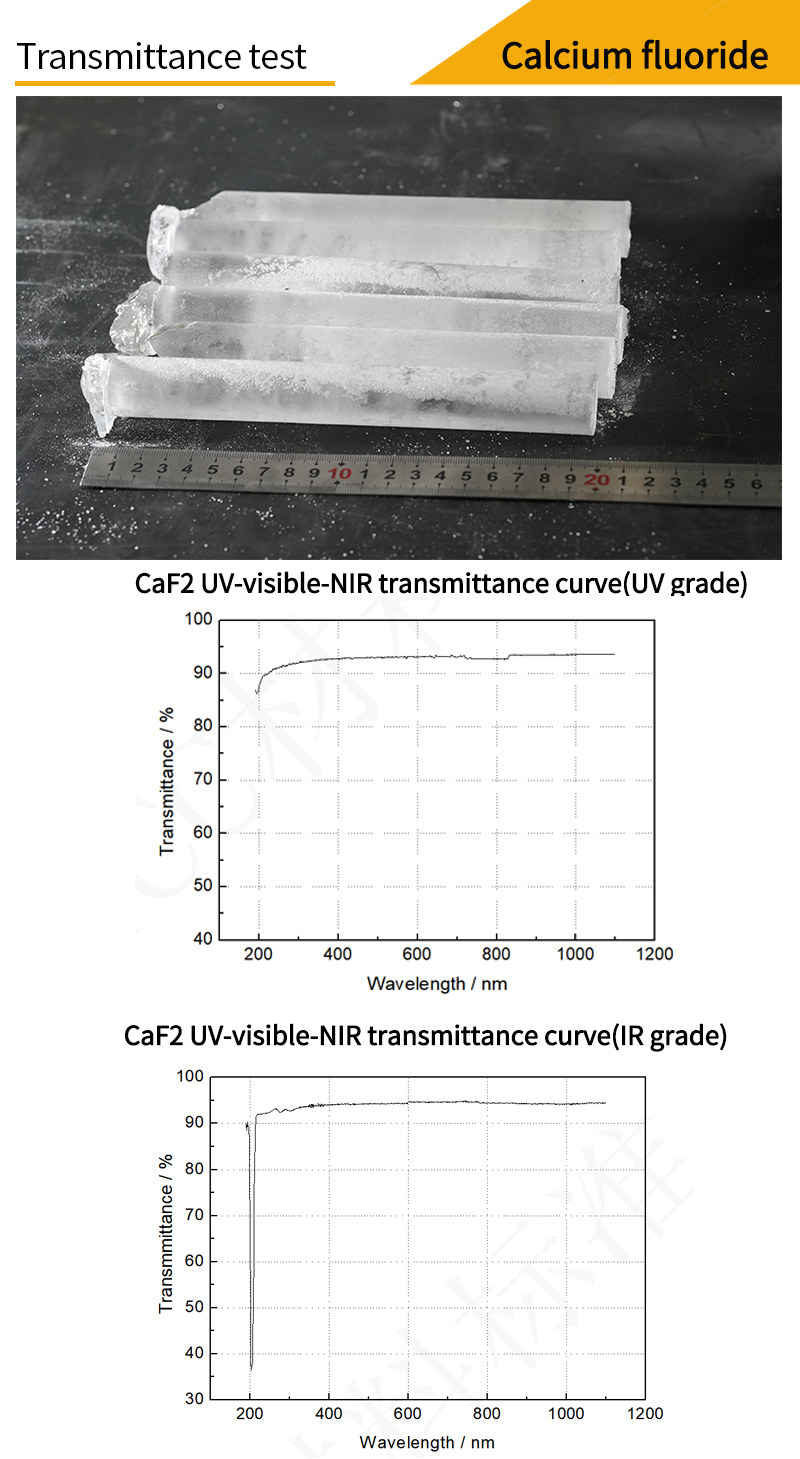
Transmittance test
●Inspection equipment
UV-Visible Spectrophotometer
●Samples:
No scattering calcium fluoride crystals, diameter not less than 20mm, thickness not less than 3mm,through the polished surface finish to 80/50
●Grade
IR Grade
●The transmittance of 400nm and above is higher than 93%, and the transmittance curve of 200nm~400nm may have absorption at 205nm or 306 peak.
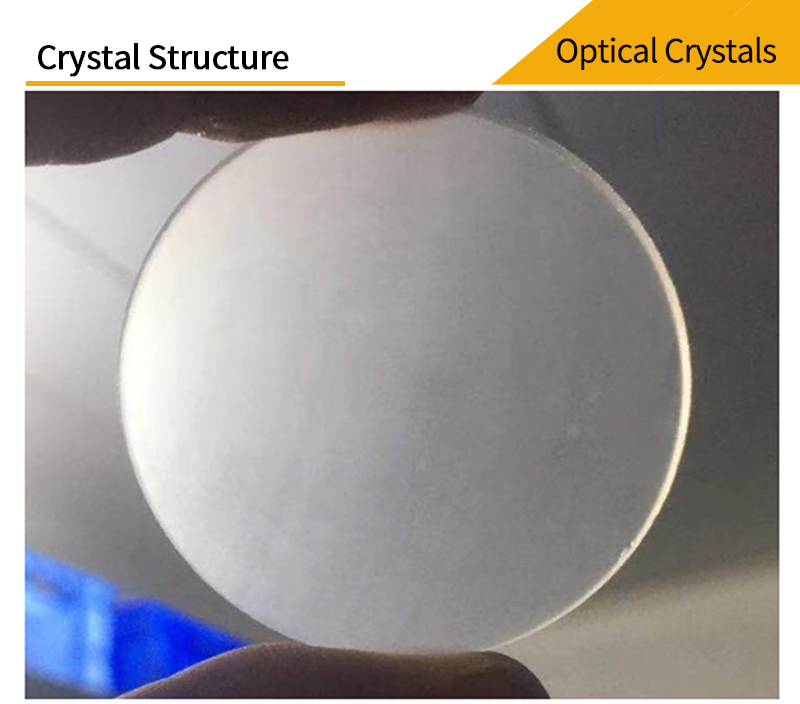
Monocrystalline
●There are no visible grain boundaries or wicker-like stripes on the crystal surface when examined under naked eye daylight.
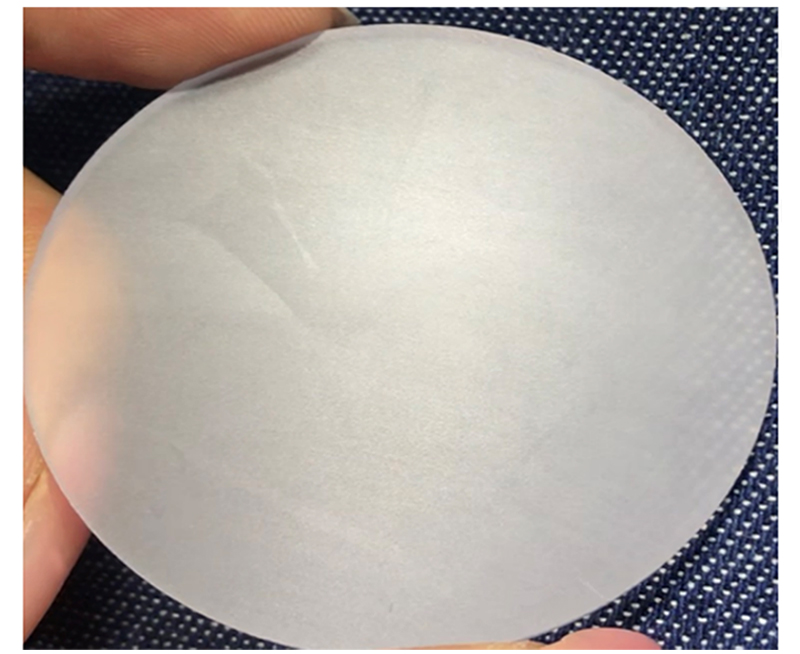
Sub-crystal
●When examined under naked-eye daylight, there are willow stripes on the surface of the crystal with an area < 1/6 (end diameter), and the willow stripes are not visible after polishing .
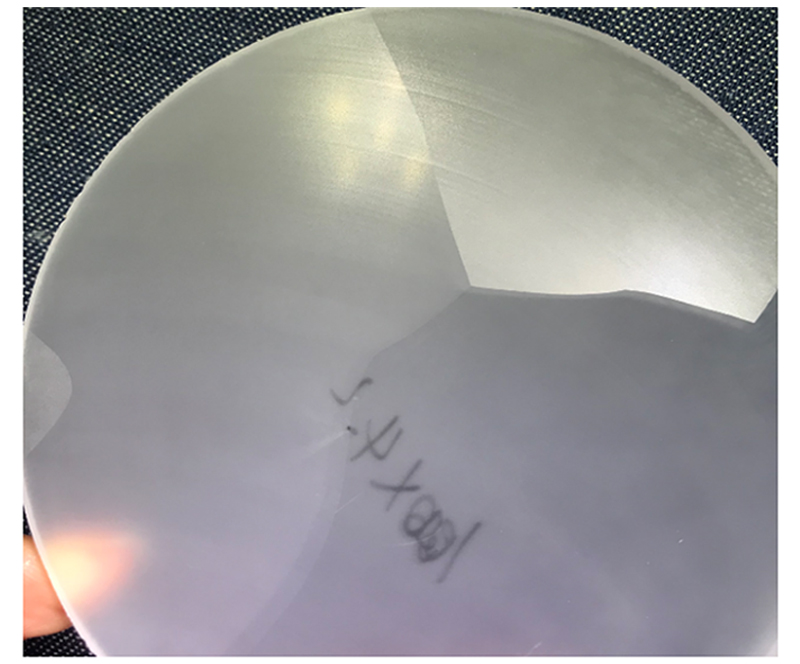
Polycrystalline
●When examined under naked-eye daylight, there are penetrating crystal boundary lines on the surface of the crystal, and the difference in the degree of light and darkness between the two sides of the crystal boundary lines is obvious.

●N-BK7
N-BK7 is the most commonly used optical glass for processing high quality optical components,, with excellent transmittance from visible to near-infrared wavelengths(350-2000nm), and has a wide range of applications in telescopes, lasers and other fields. N-BK7 is generally chosen when the additional benefits of UV fused silica (very good transmittance and low coefficient of thermal expansion in the UV band) are not required.
●UV fused silica
UV fused silica has a high transmission from the UV to NIR (185-2100nm). In addition, UV fused silica has better uniformity and lower coefficient of thermal expansion than H-K9L (N-BK7), making it particularly suitable for high power laser and imaging applications.
●Calcium fluoride
Due to its high transmittance and low refractive index within a wavelength of 180nm-8um, calcium fluoride is often used as windows and lenses in spectrometers and thermal imaging systems. In addition, it has good applications in lasers because of its high laser damage threshold.
●Barium fluoride
Barium fluoride have high transmittance from the 200nm-11um and they are resistant to stronger high-energy radiation. At the same time, barium fluoride has excellent scintillation properties and can be made into various infrared and ultraviolet optical components. However, the disadvantage of barium fluoride is that it is less resistant to water. When exposed to water, the performance degrades significantly at 500℃, but it can be used for applications up to 800℃ in a dry environment. At the same time, barium fluoride has excellent scintillation properties and can be made into various infrared and ultraviolet optical components.It should be noted that when handling barium fluoride material, gloves must be worn at all times and hands must be washed thoroughly after handling.
●Magnesium fluoride
Magnesium fluoride is ideal for applications in the wavelength range of 200nm-6um. Compared to other materials, magnesium fluoride is particularly durable in the deep UV and far IR wavelength ranges. Magnesium fluoride is a powerful material for resistance to chemical corrosion, laser damage, mechanical shock and thermal shock. It is harder than calcium fluoride crystals, but relatively soft compared to fused silica, and has a slight hydrolysis. It has a Nucleus hardness of 415 and a refractive index of 1.38.
●Zinc selenide
Zinc selenide has high transmittance in the 600nm-16um and is commonly used in thermal imaging, infrared imaging, and medical systems. Also, due to its low absorption, zinc selenide is particularly suitable for use in high-power CO2 lasers. It should be noted that zinc selenide is a relatively soft material (Nucleus hardness 120) and is easily scratched, so it is not recommended for use in harsh environments. Extra care should be taken when holding, and cleaning, pinching or wiping with even force, and it is best to wear gloves or rubber finger covers to prevent tarnishing. Cannot be held with tweezers or other tools.
●Silicon
Silicon is suitable for use in the NIR band from 1.2-8um.Because of its low
density, silicon is particularly suitable in applications where weight
requirements are sensitive, especially in the 3-5um . Silicon has a Nucleus
hardness of 1150, which is harder than germanium and not as fragile as
germanium.It is not suitable for transmission applications in CO2 lasers
because of its strong absorption band at 9um.
●Germanium
Germanium is suitable for use in the near-infrared band of 2-16um and is well
suited for infrared lasers. Due to its high refractive index, minimal surface
curvature and low chromatic aberration, germanium does not usually require
correction in low power imaging systems. However, germanium is more
severely affected by temperature, and the transmittance decreases with
increasing temperature; therefore, it can only be applied below 100°C. The
density of germanium (5.33 g/cm³) is taken into account when designing
systems with strict weight requirements. Germanium lenses feature a
precision diamond lathe turned surface, a feature that makes them well suited
for a variety of infrared applications, including thermal imaging systems,
infrared beam splitters, telemetry, and in the forward-looking infrared (FLIR)
field.
●CVD ZnS
CVD ZnS is the only infrared optical material, other than diamond, that covers visible to long-wave infrared (LWIR), full wavelength and even microwave wavelengths, and is currently the most important LWIR window material. It can be used as windows and lenses for high-resolution thermal imaging systems, as well as for advanced applications such as "tri-optical" windows and near-infrared laser/dual-color infrared composite windows.

